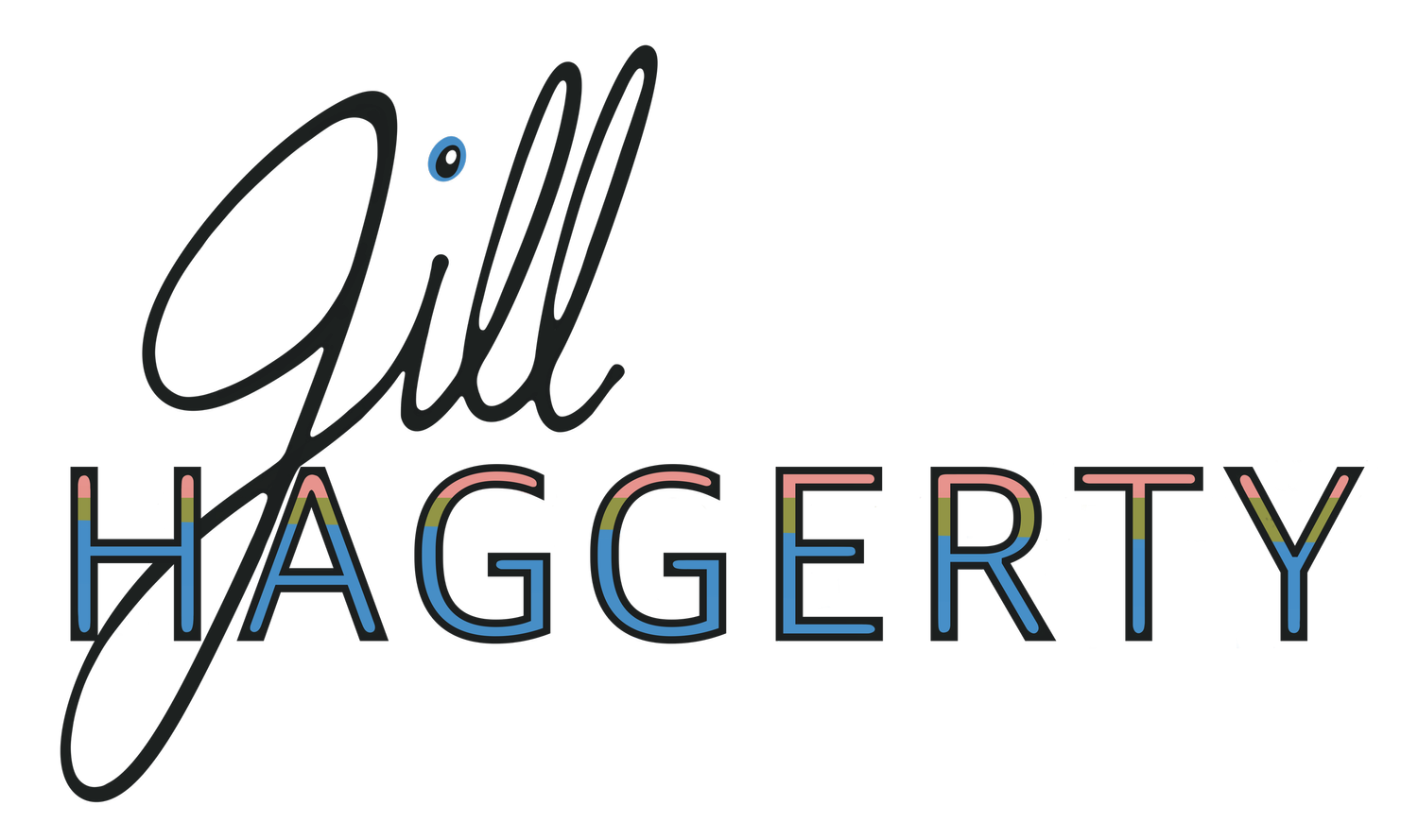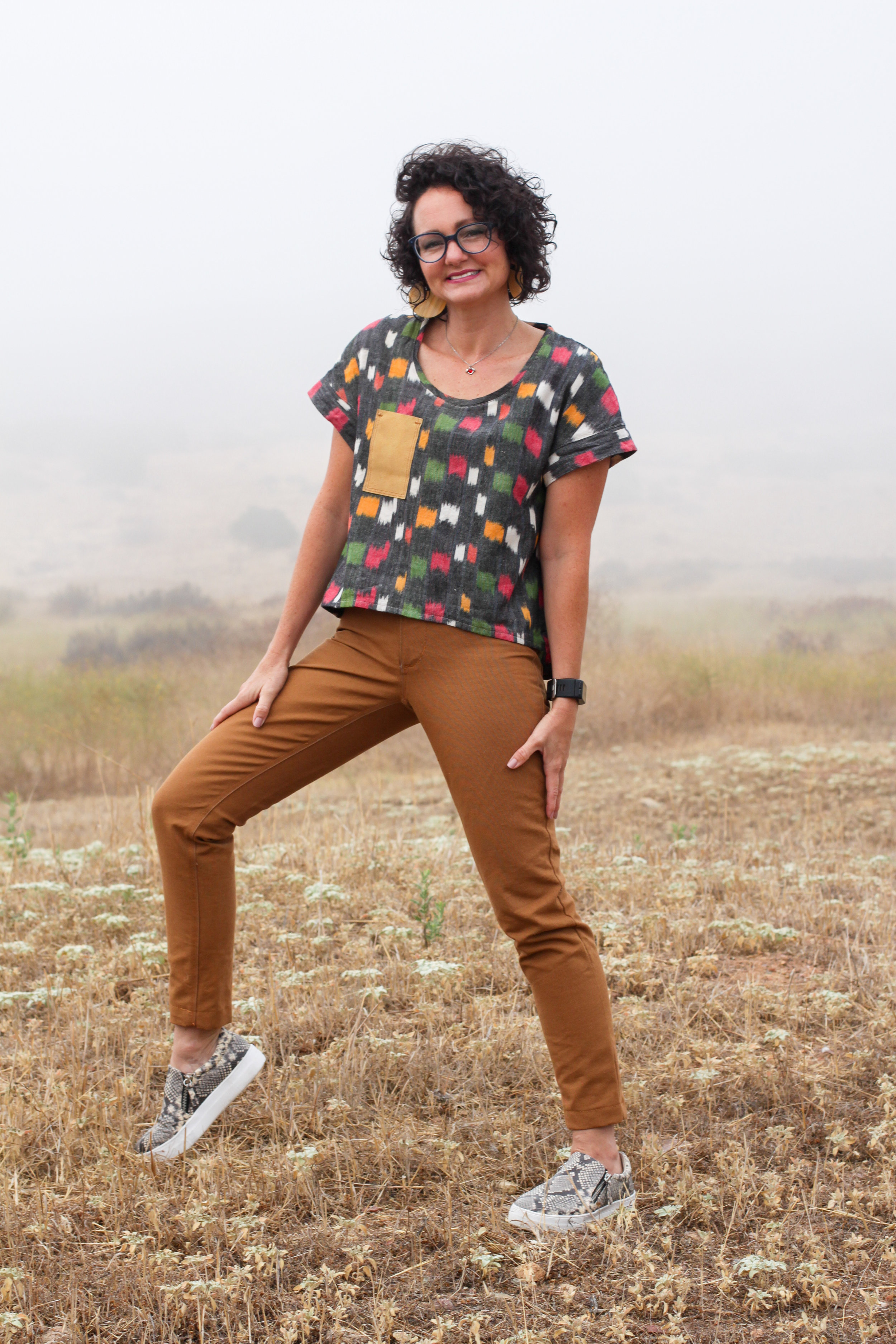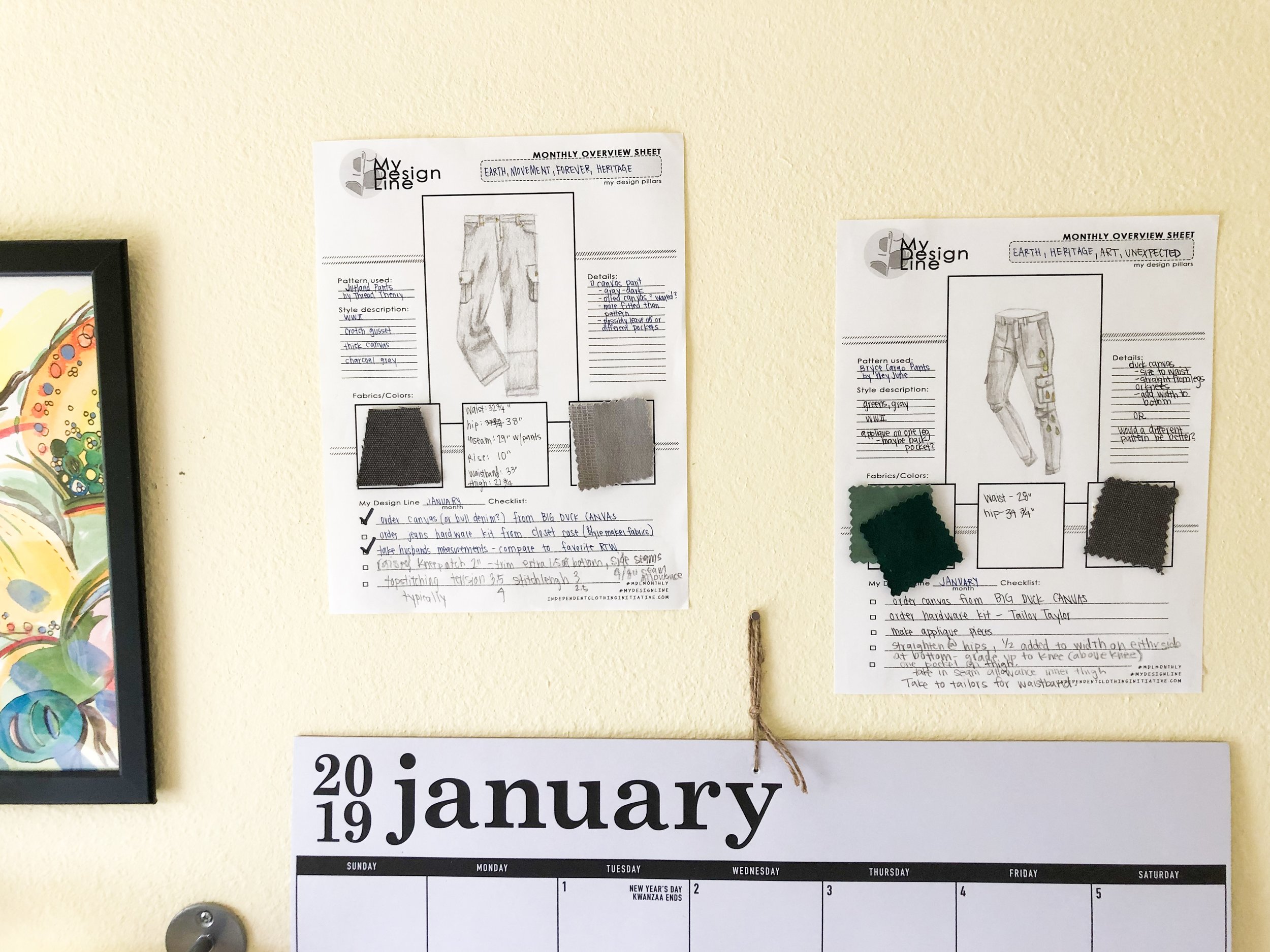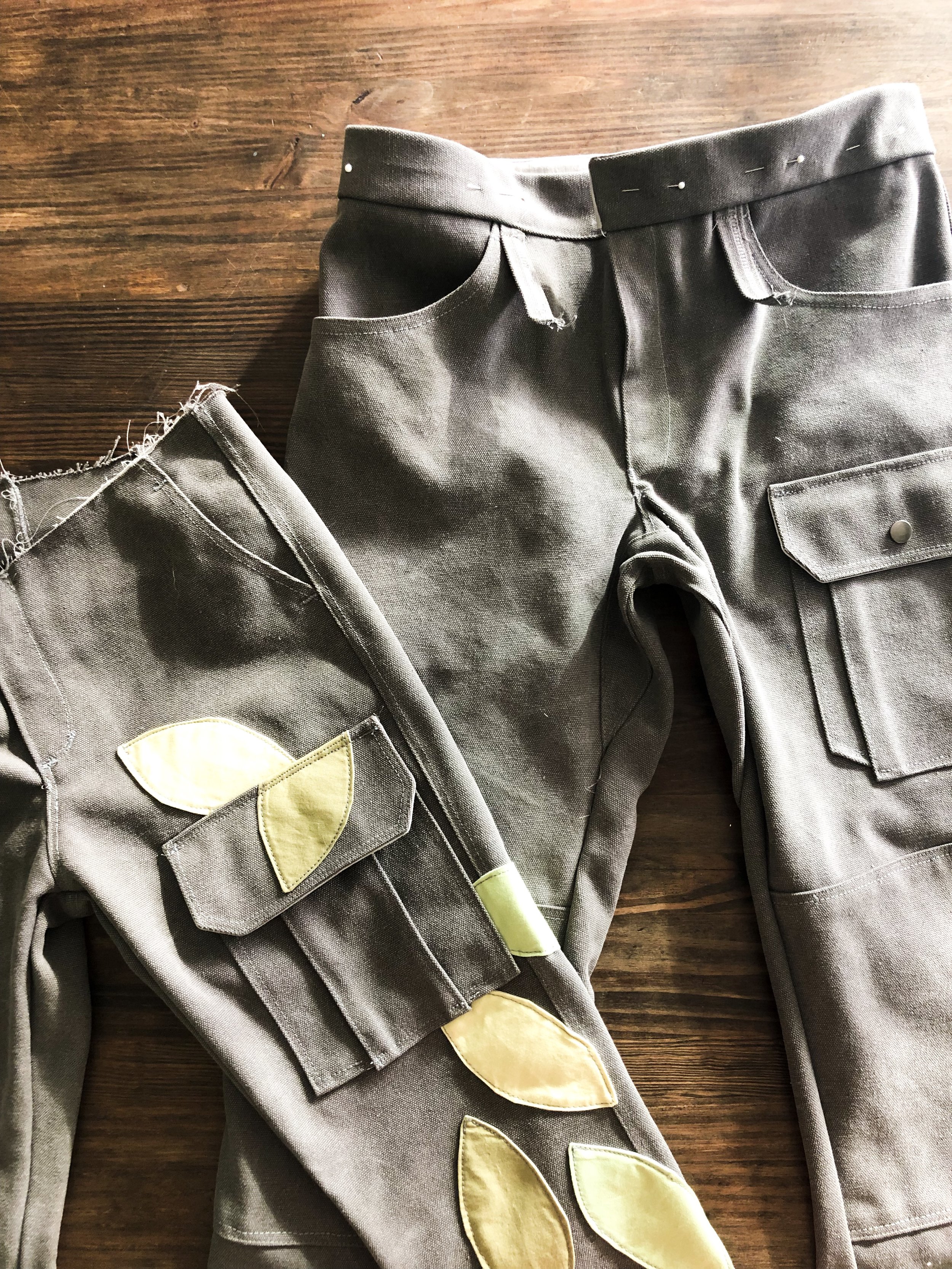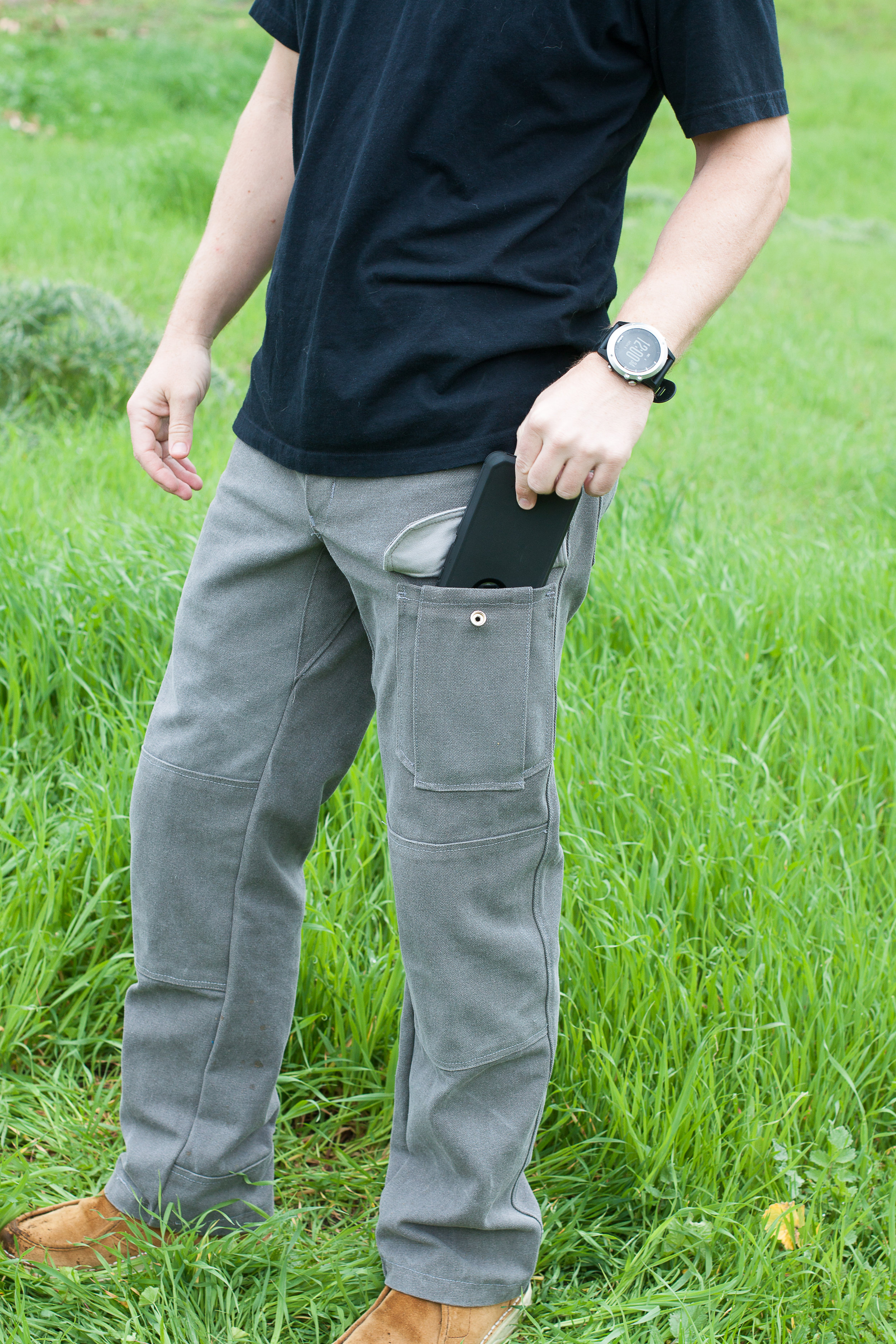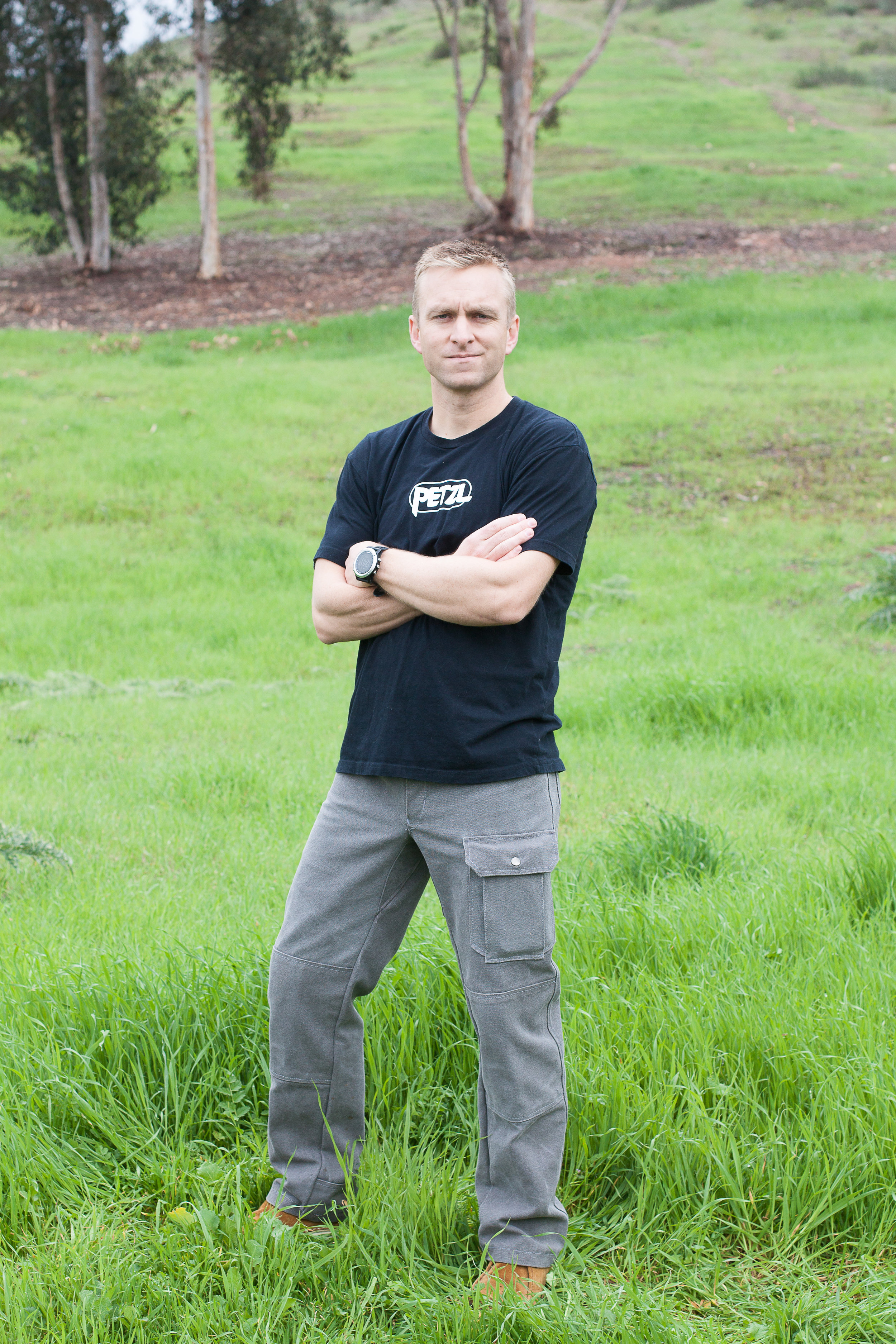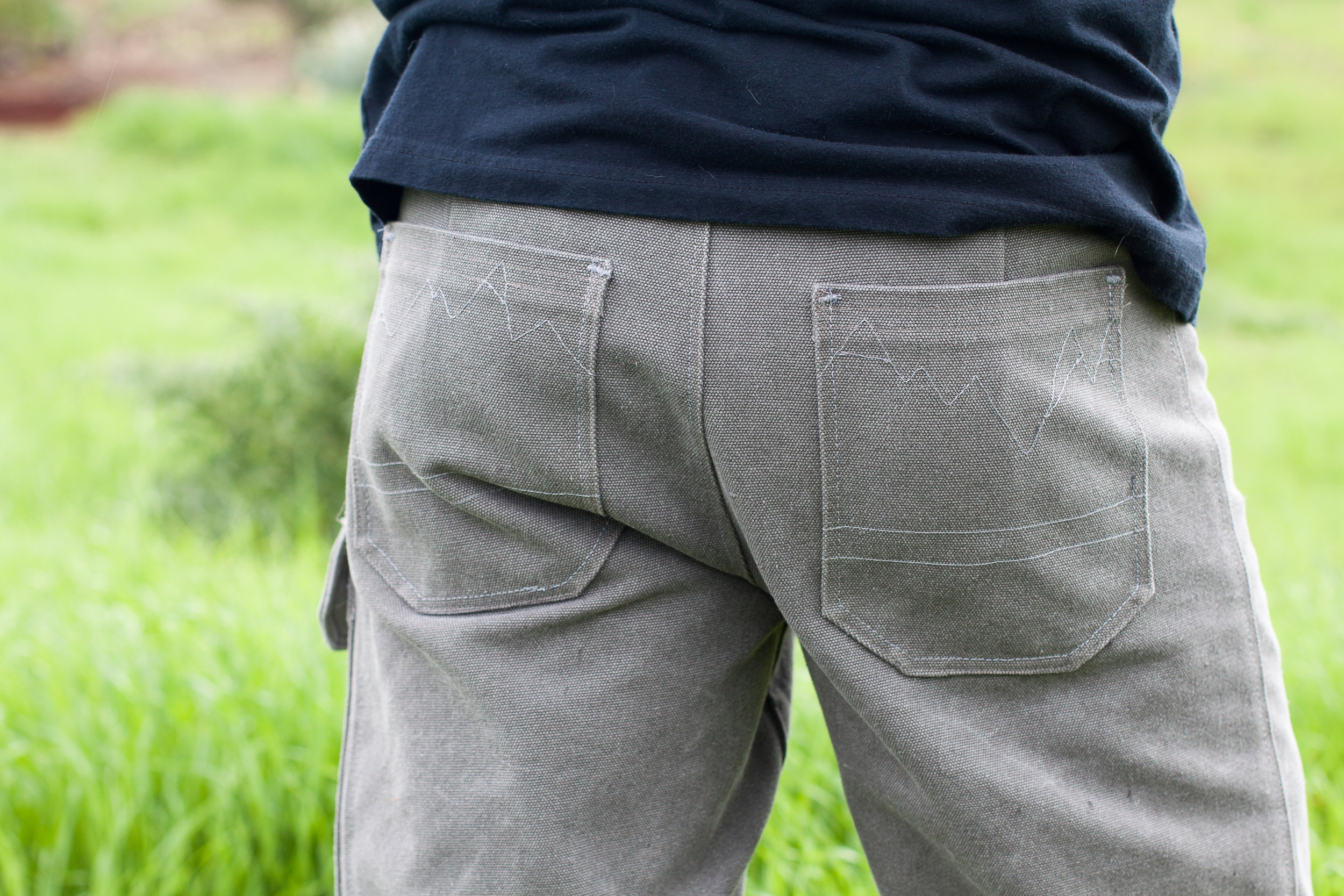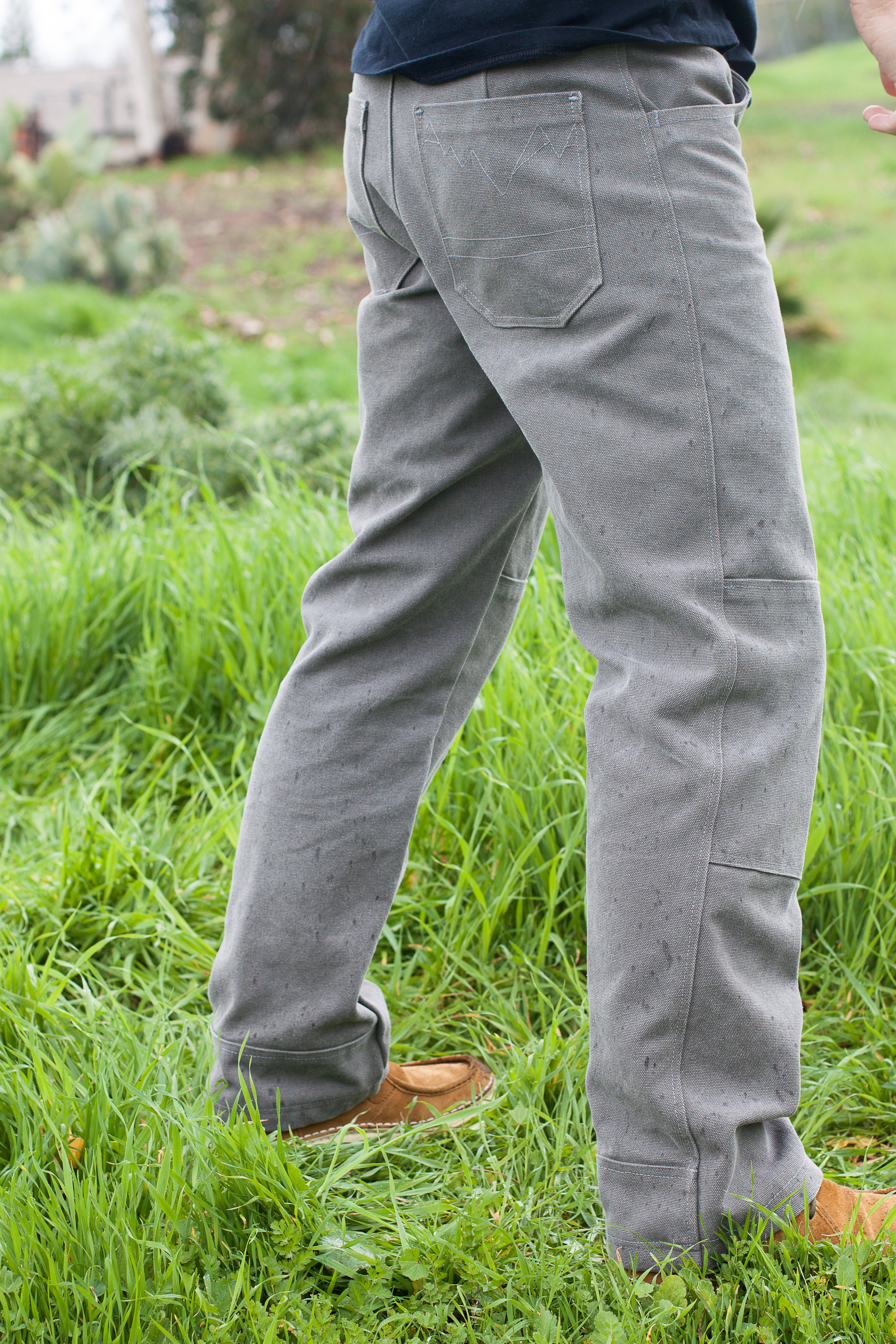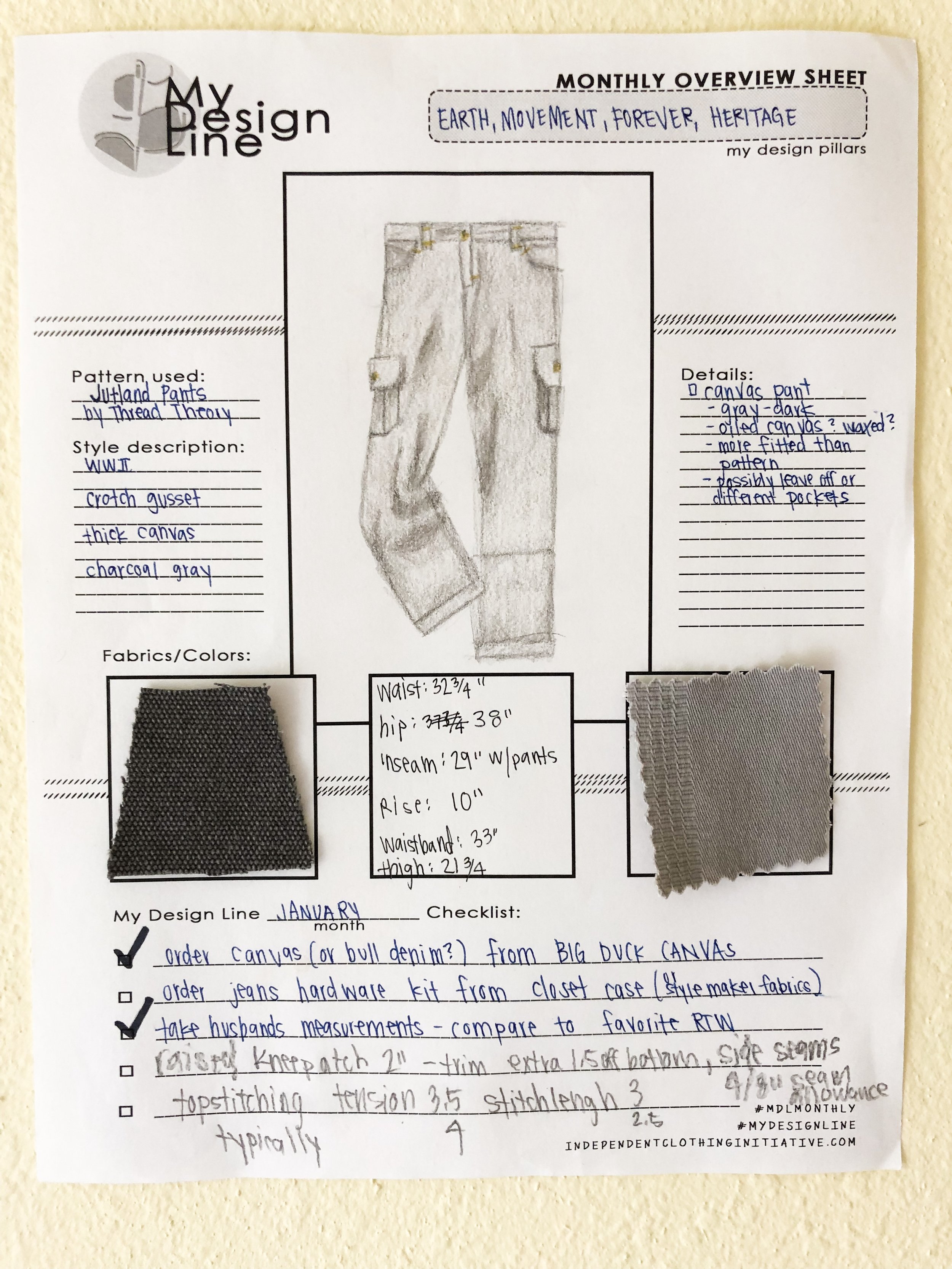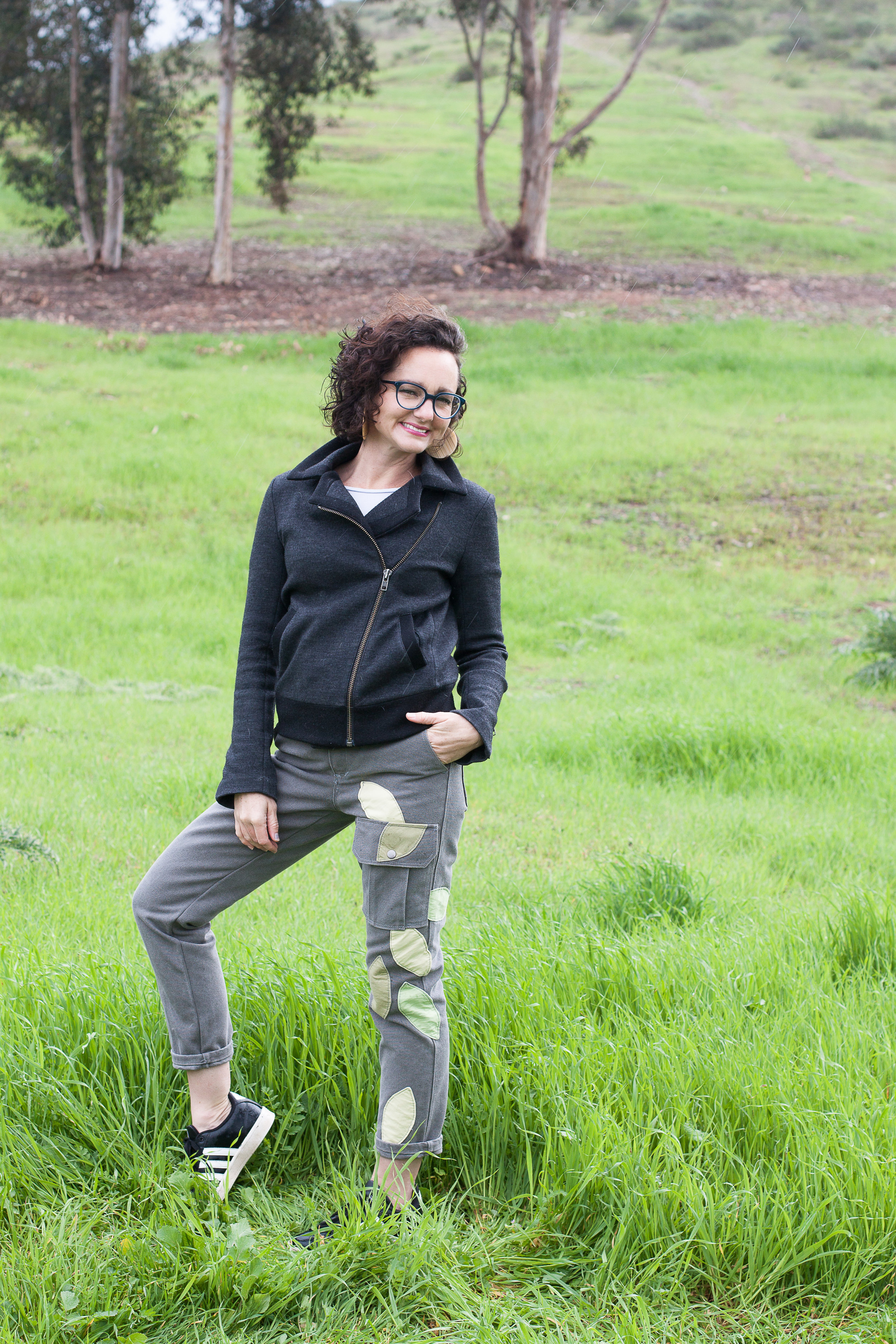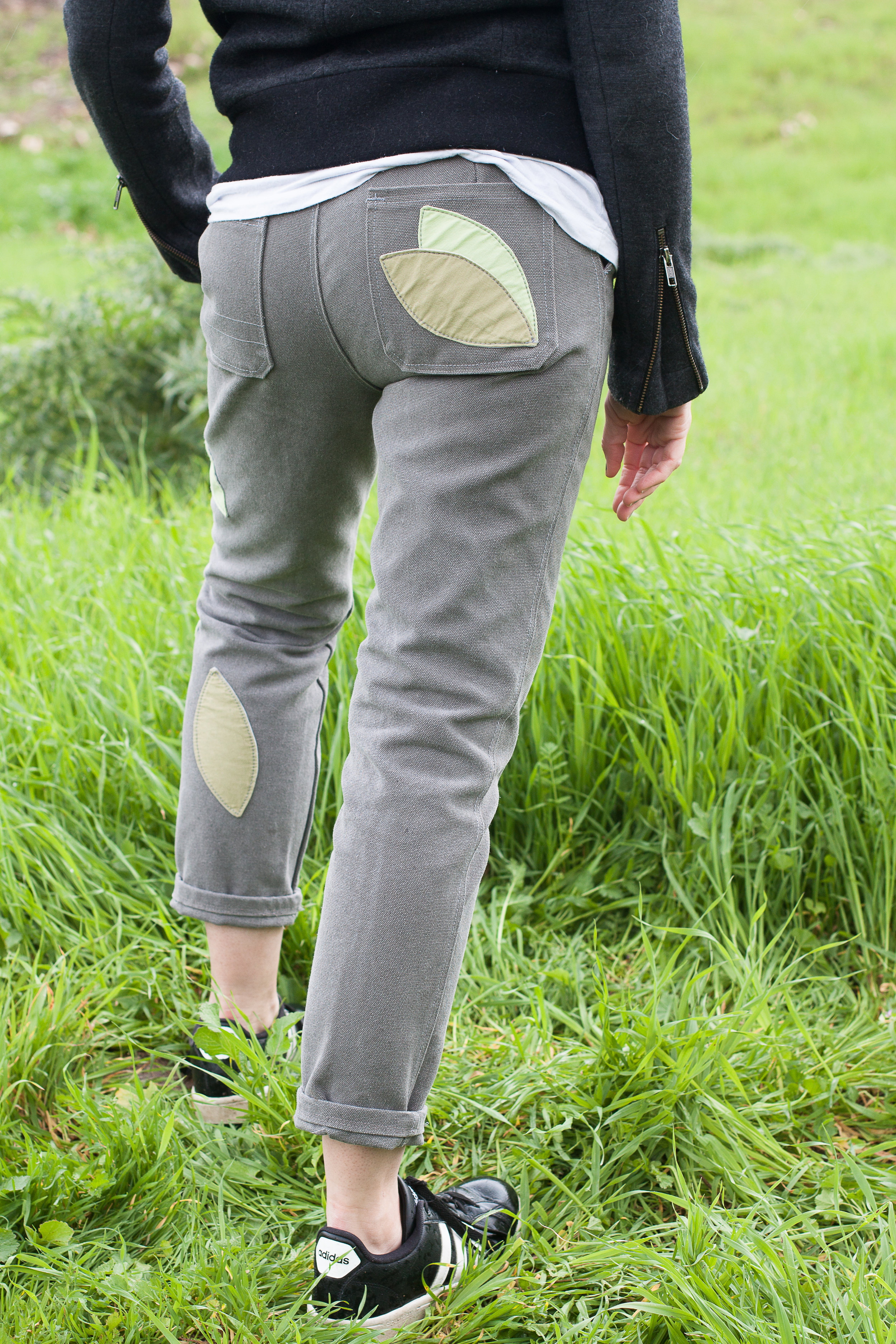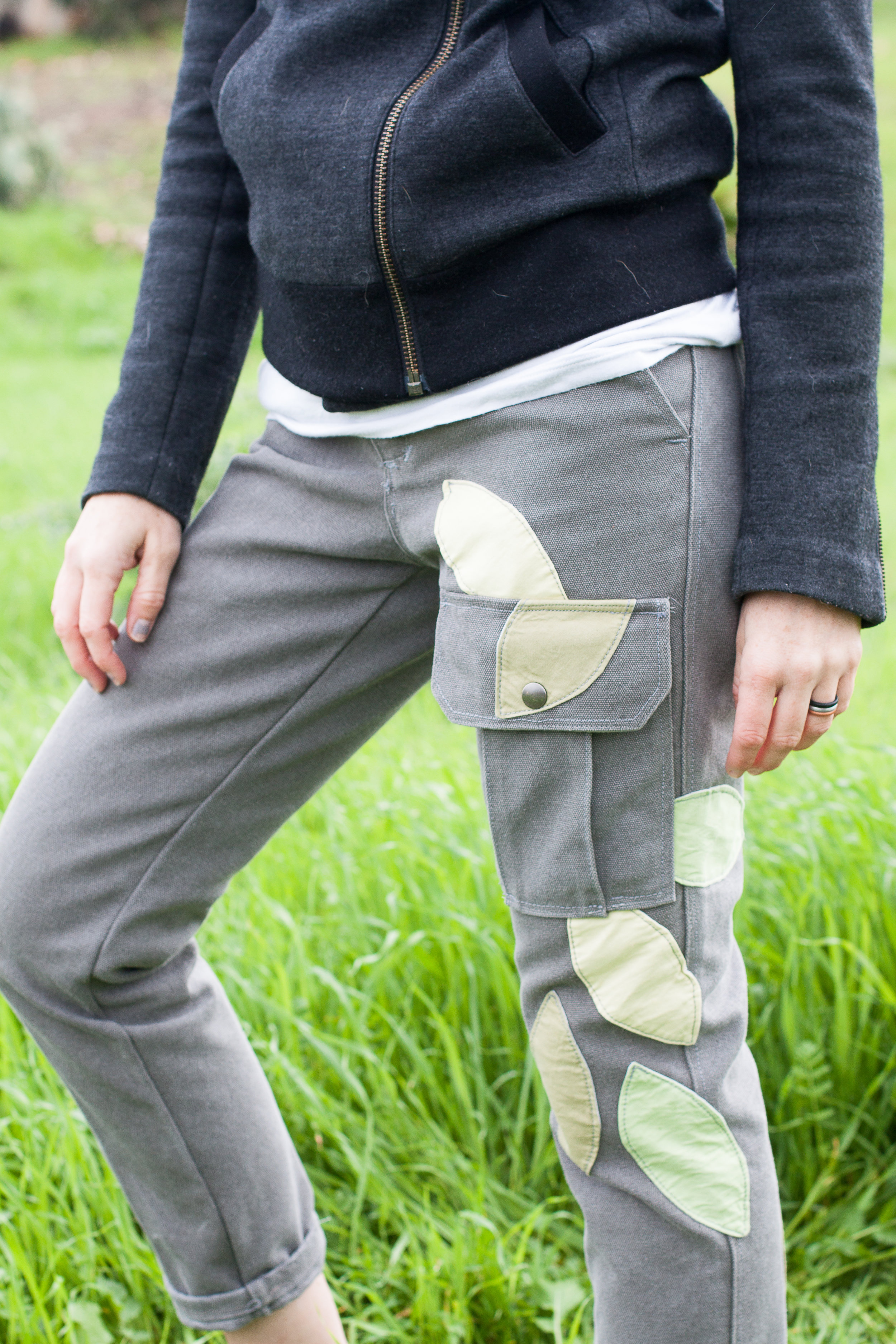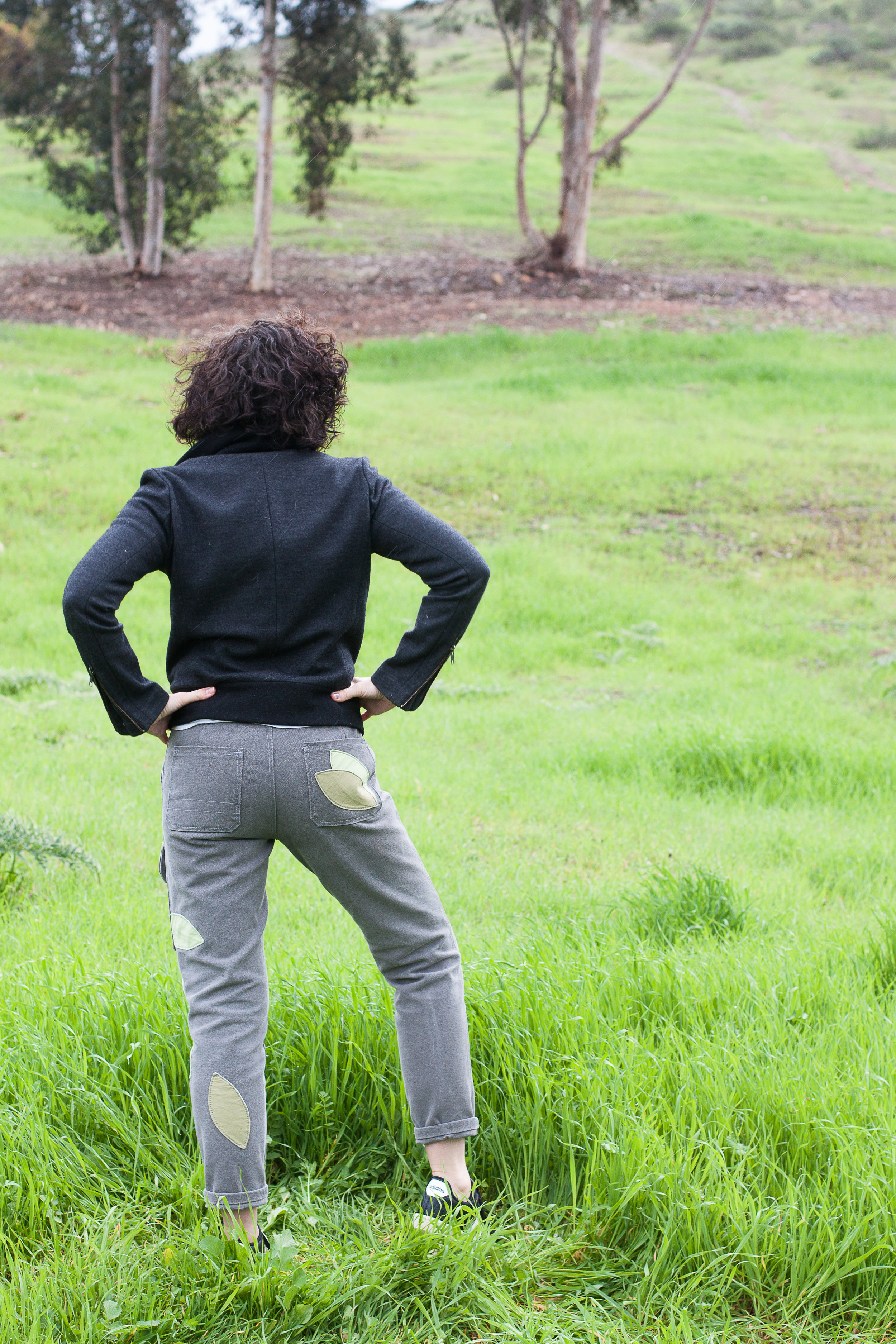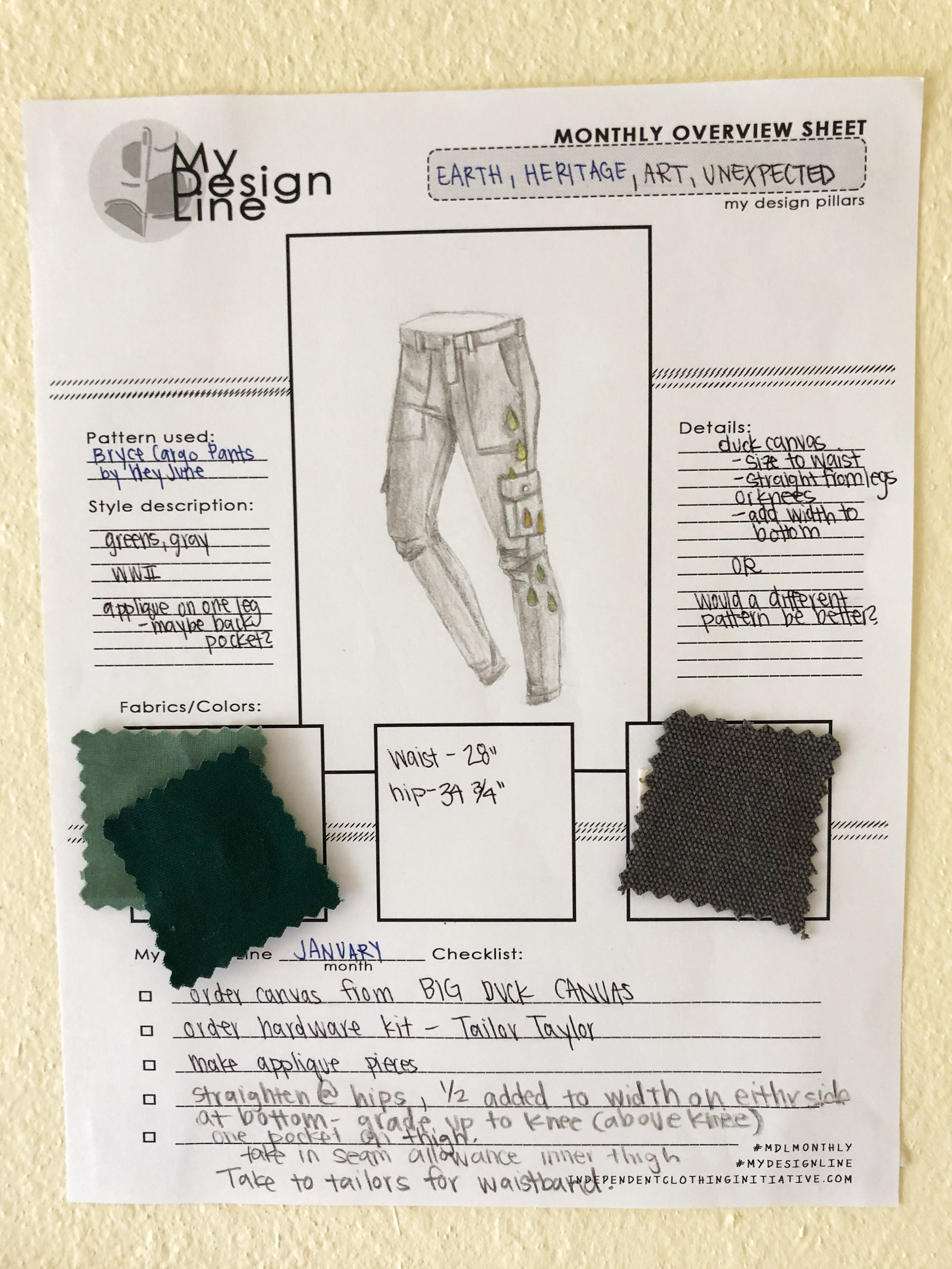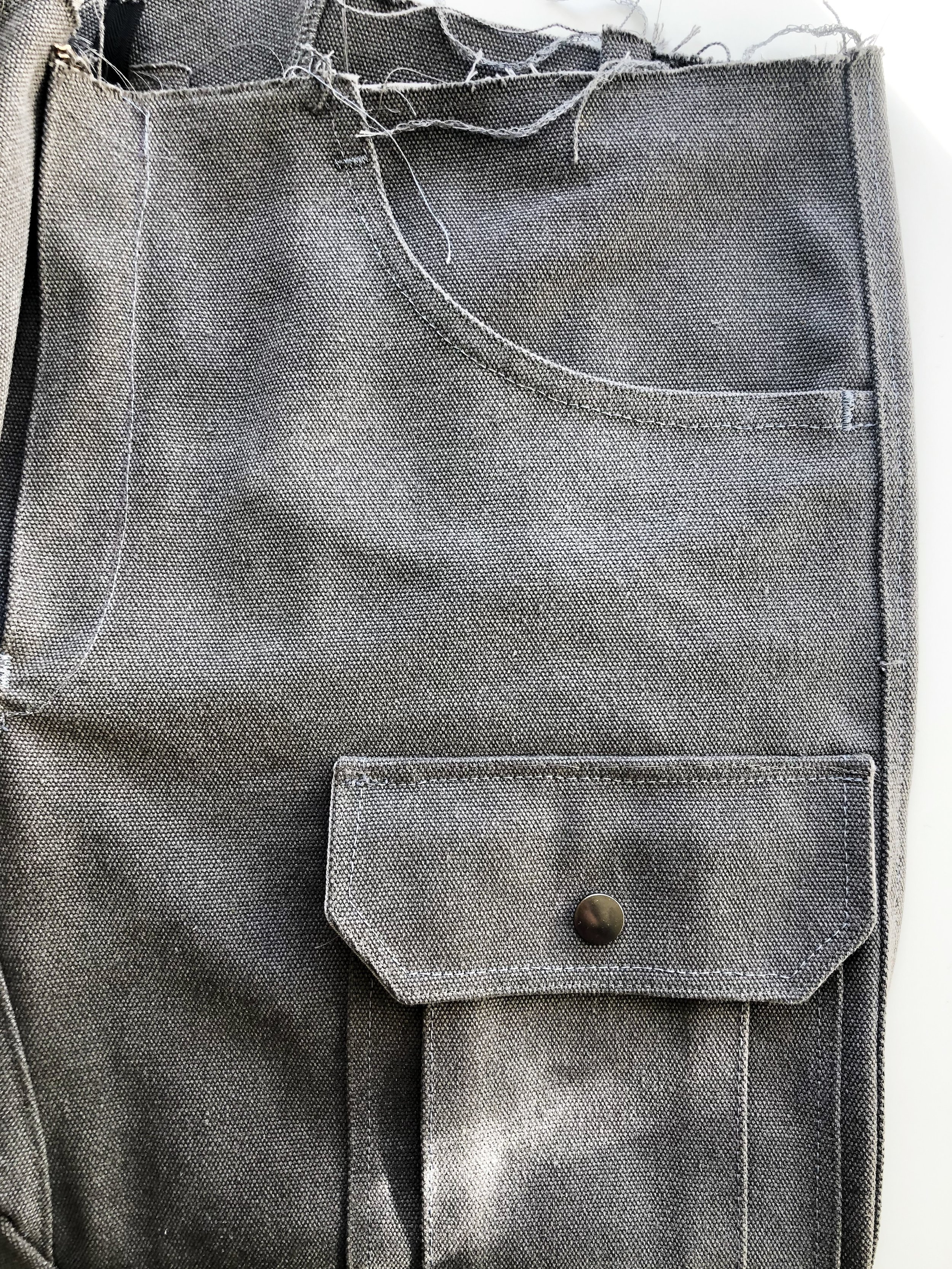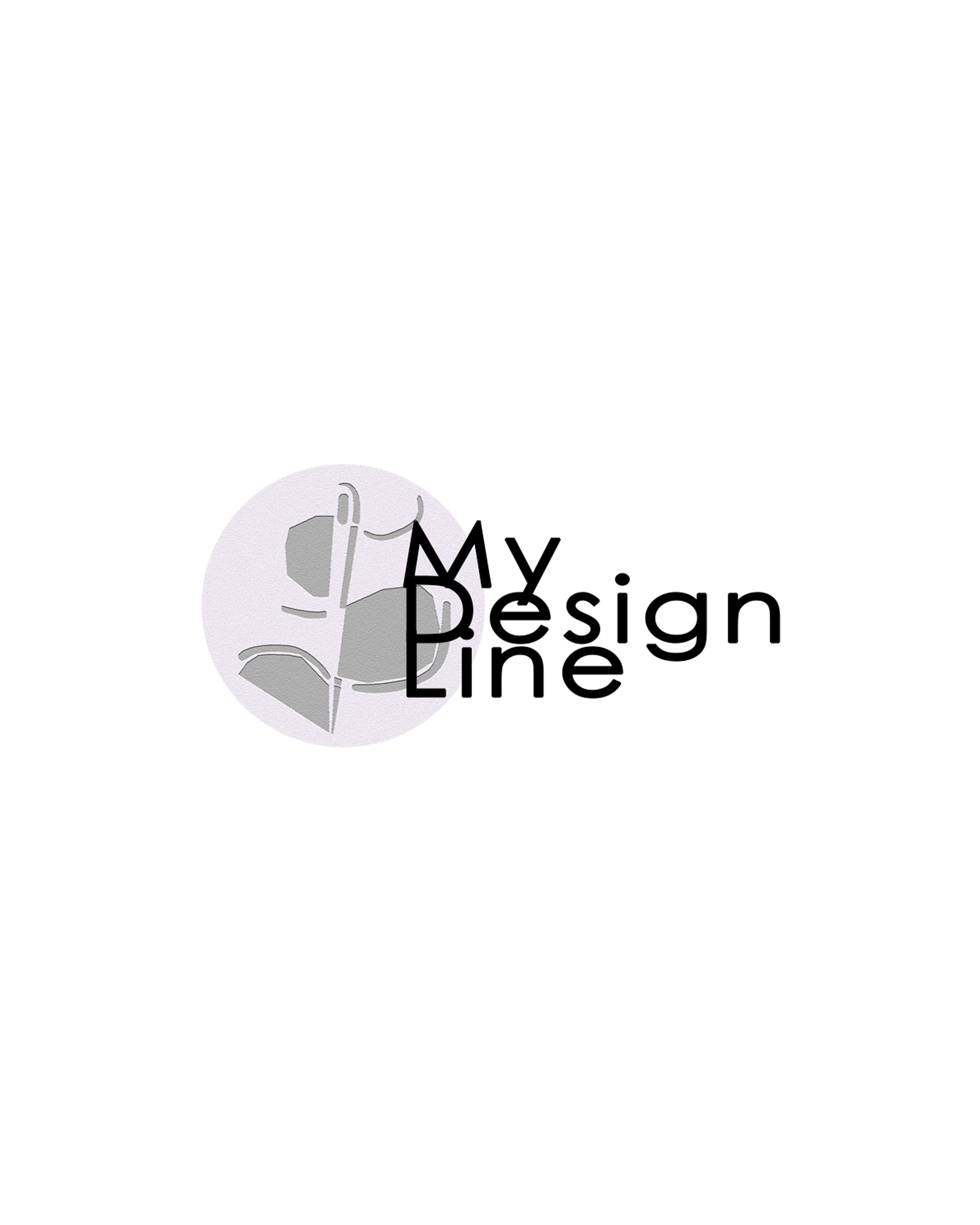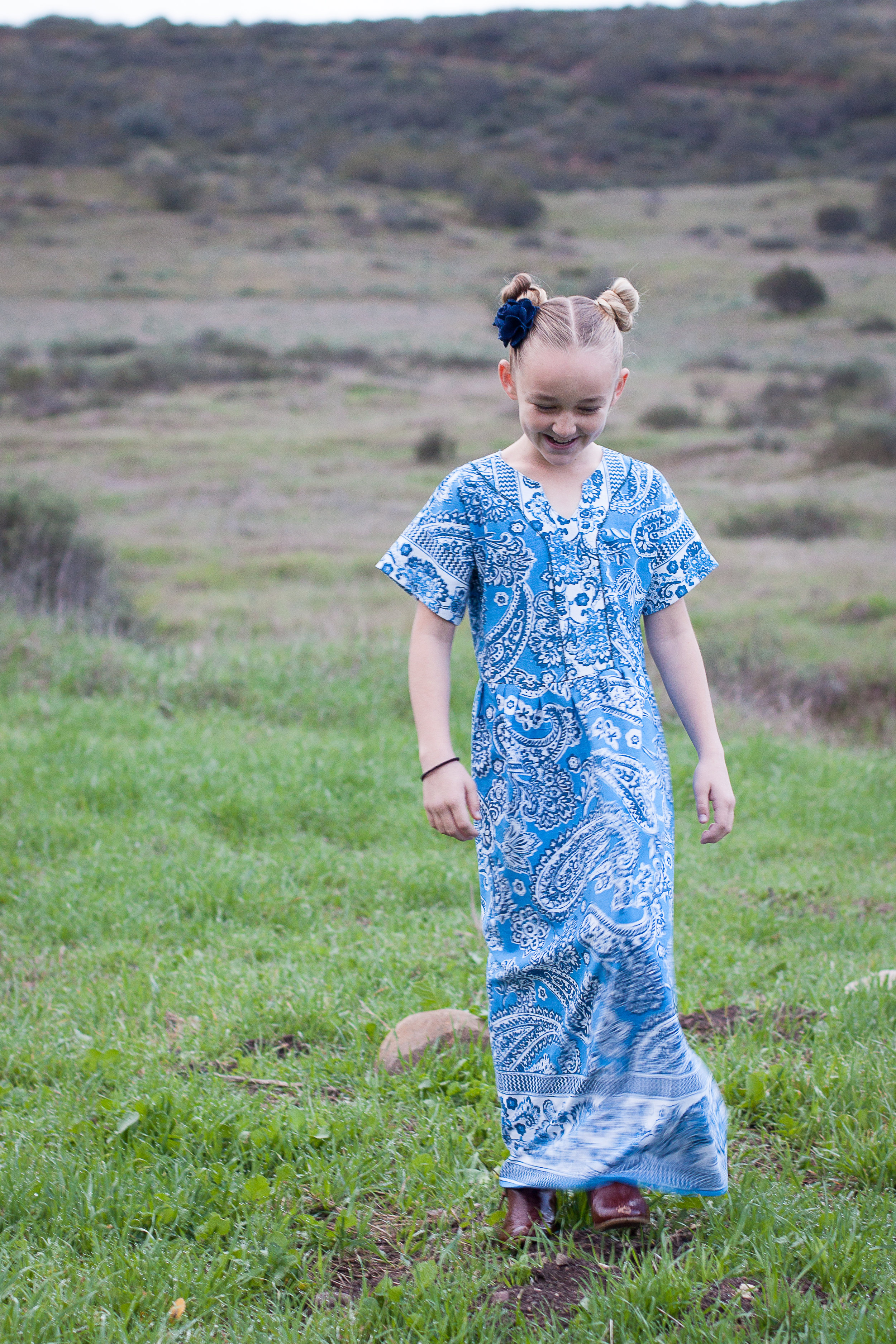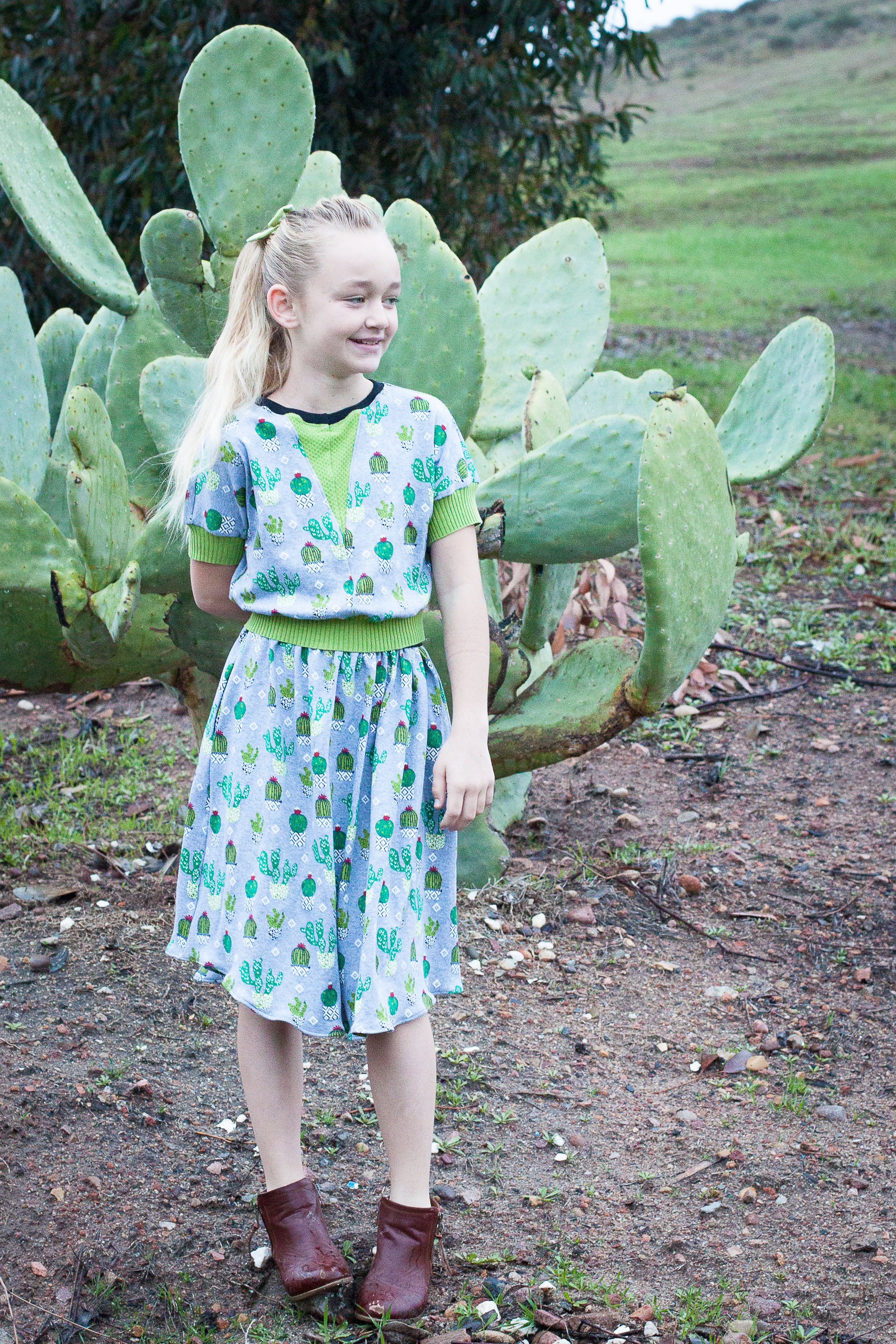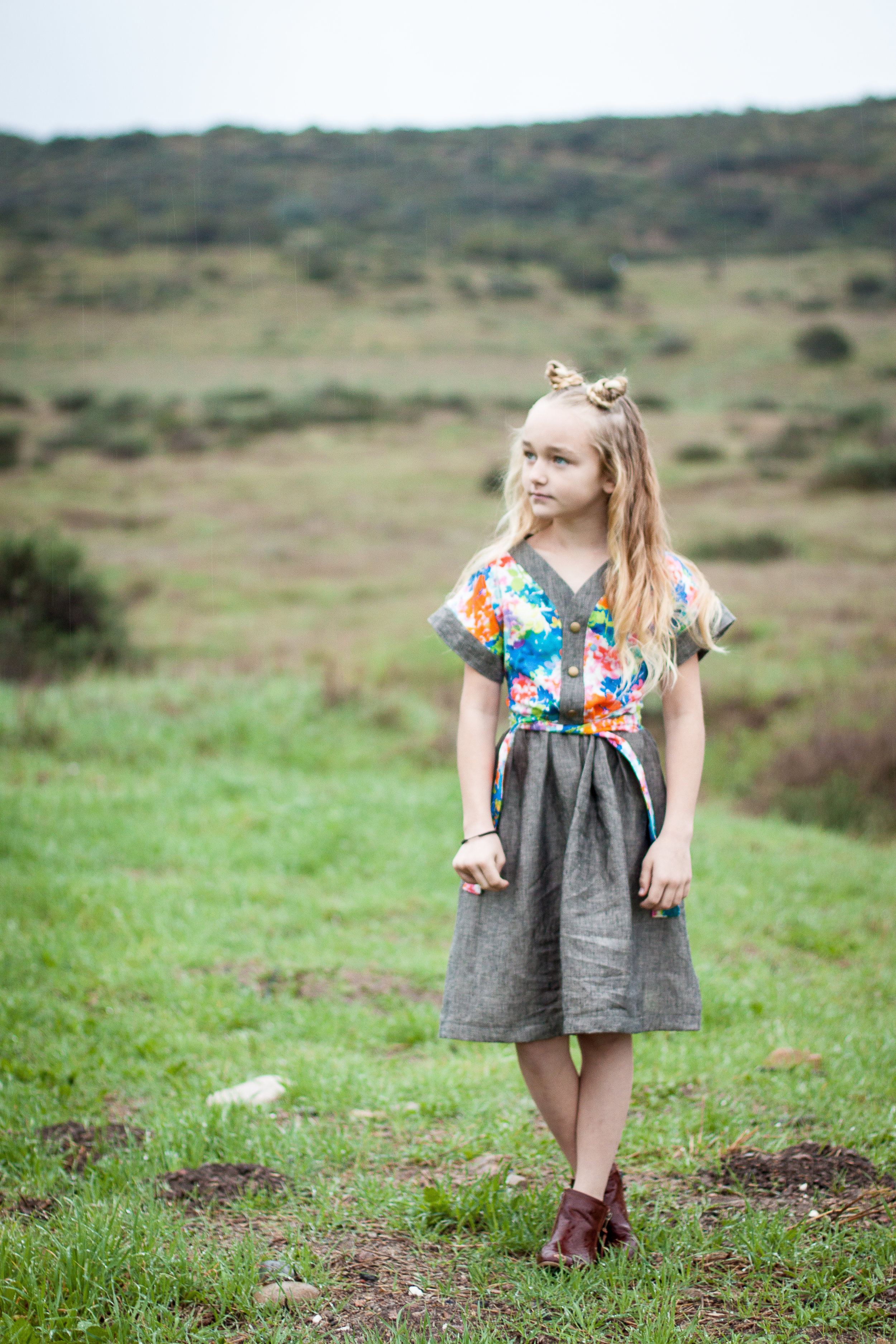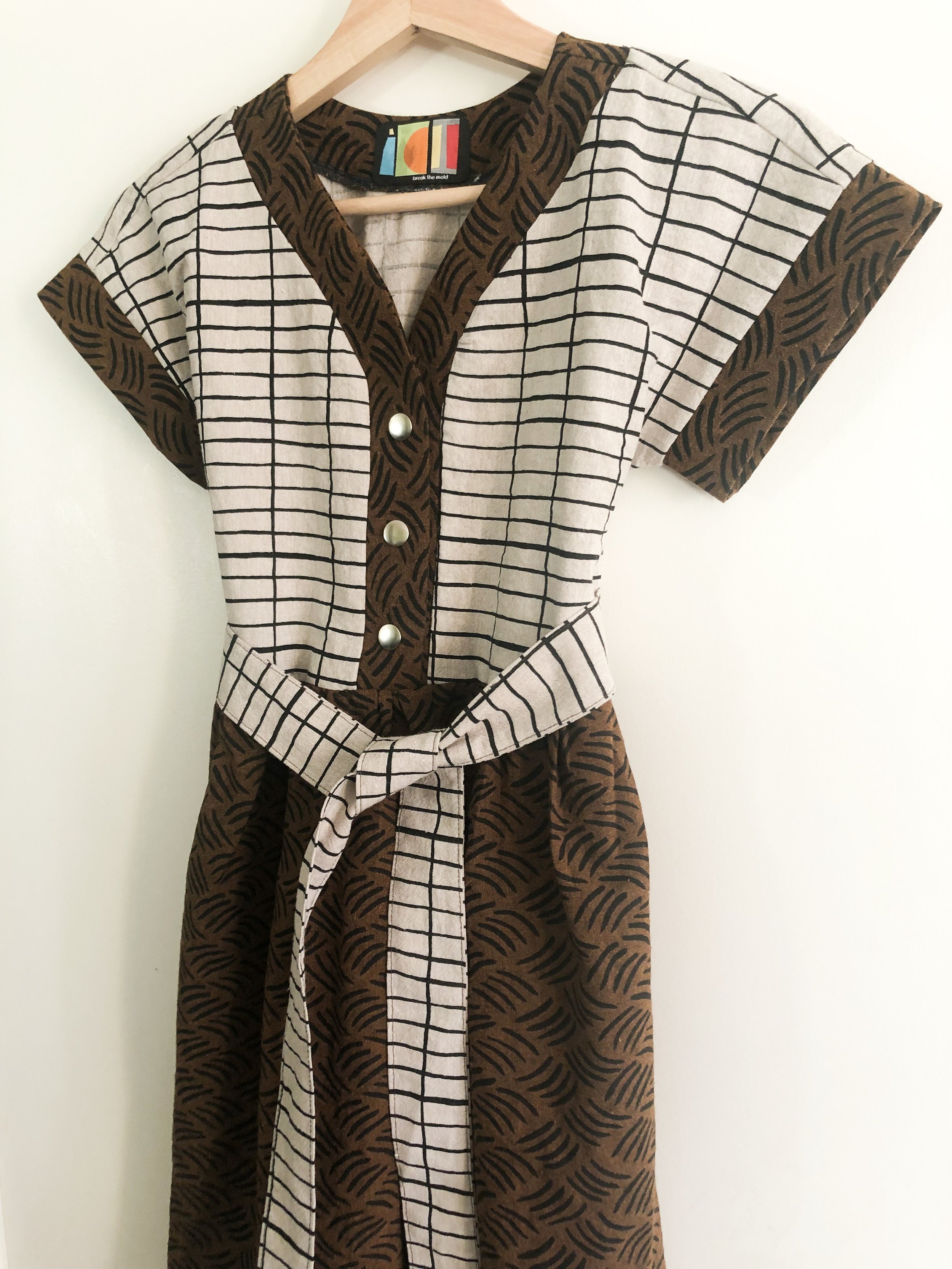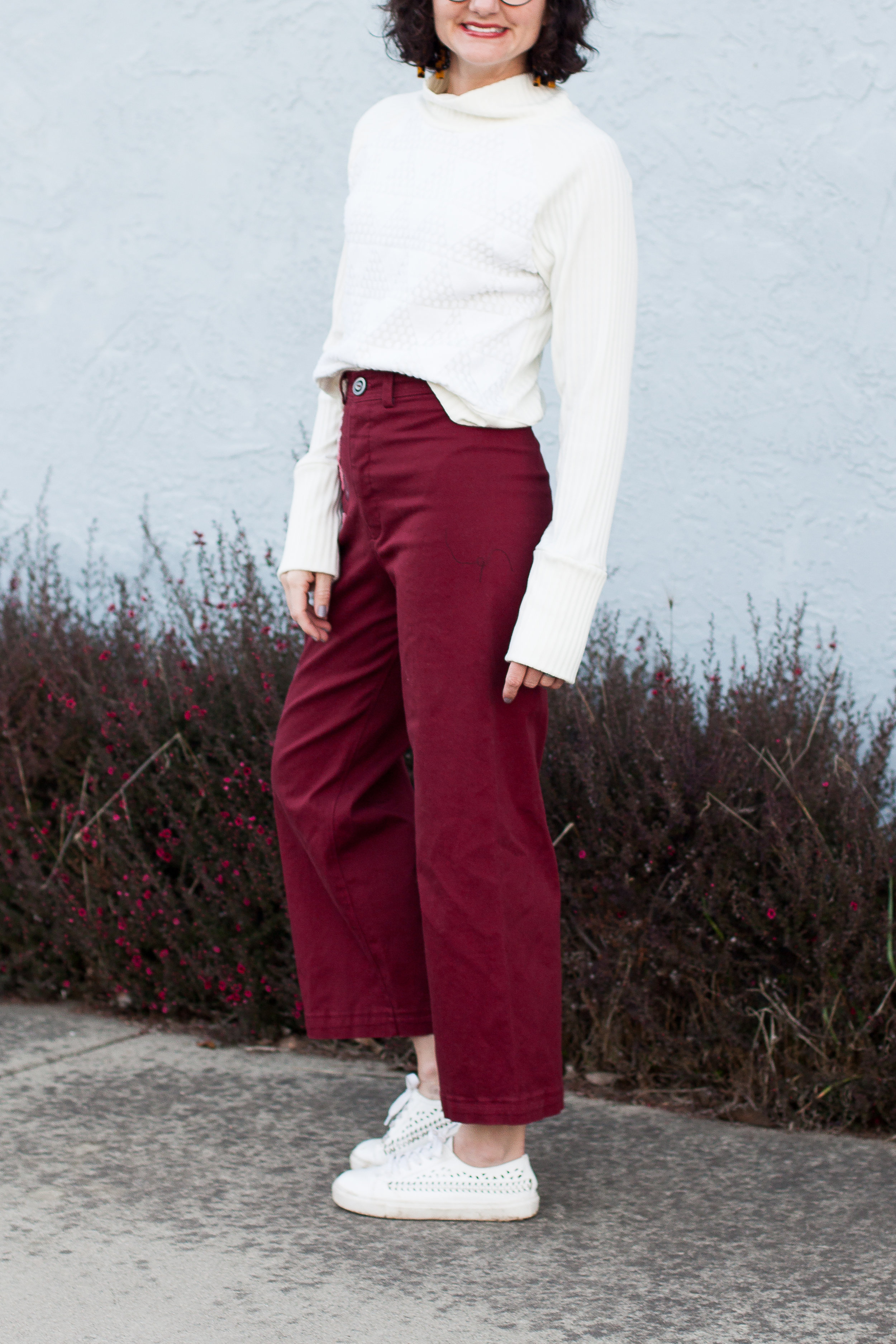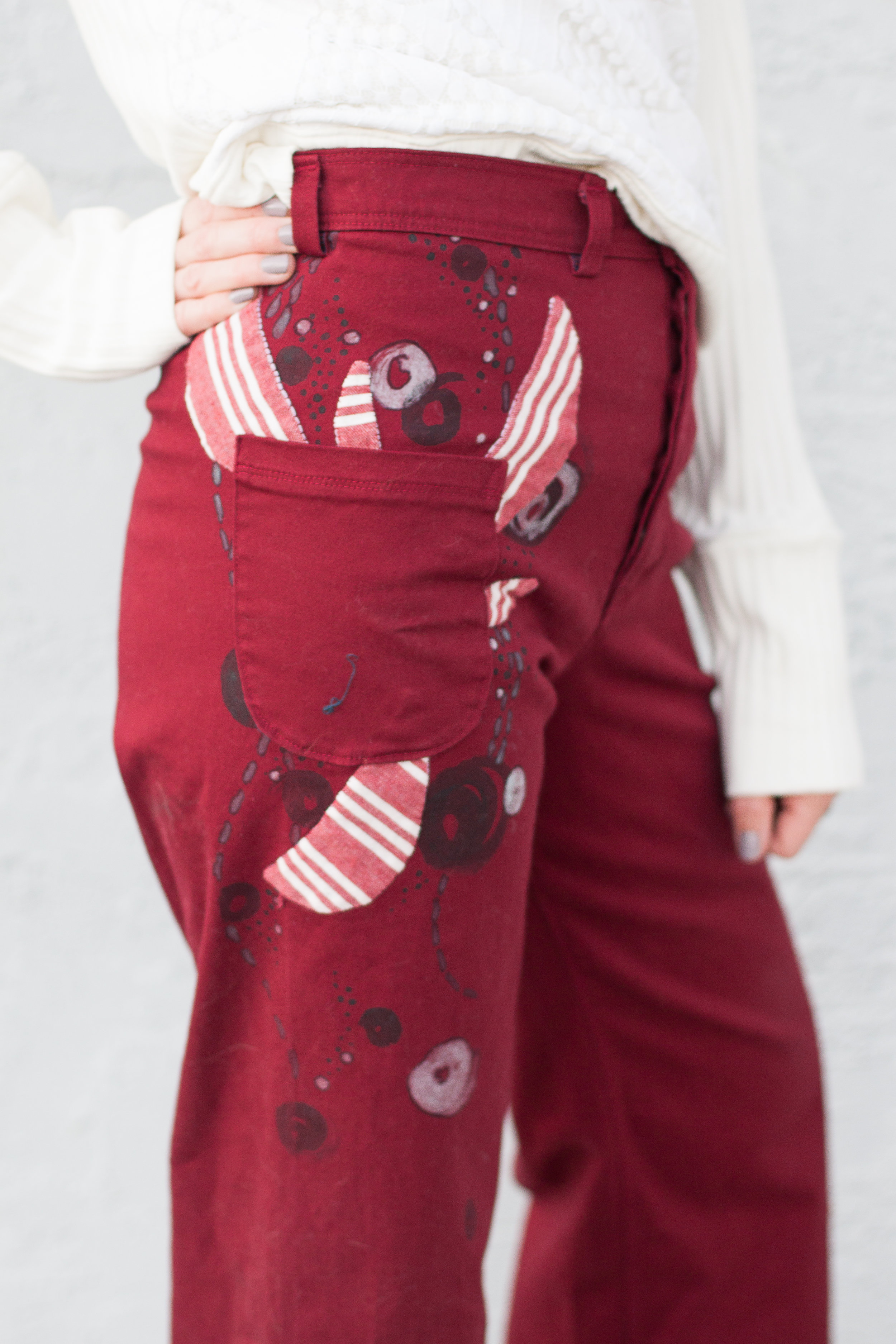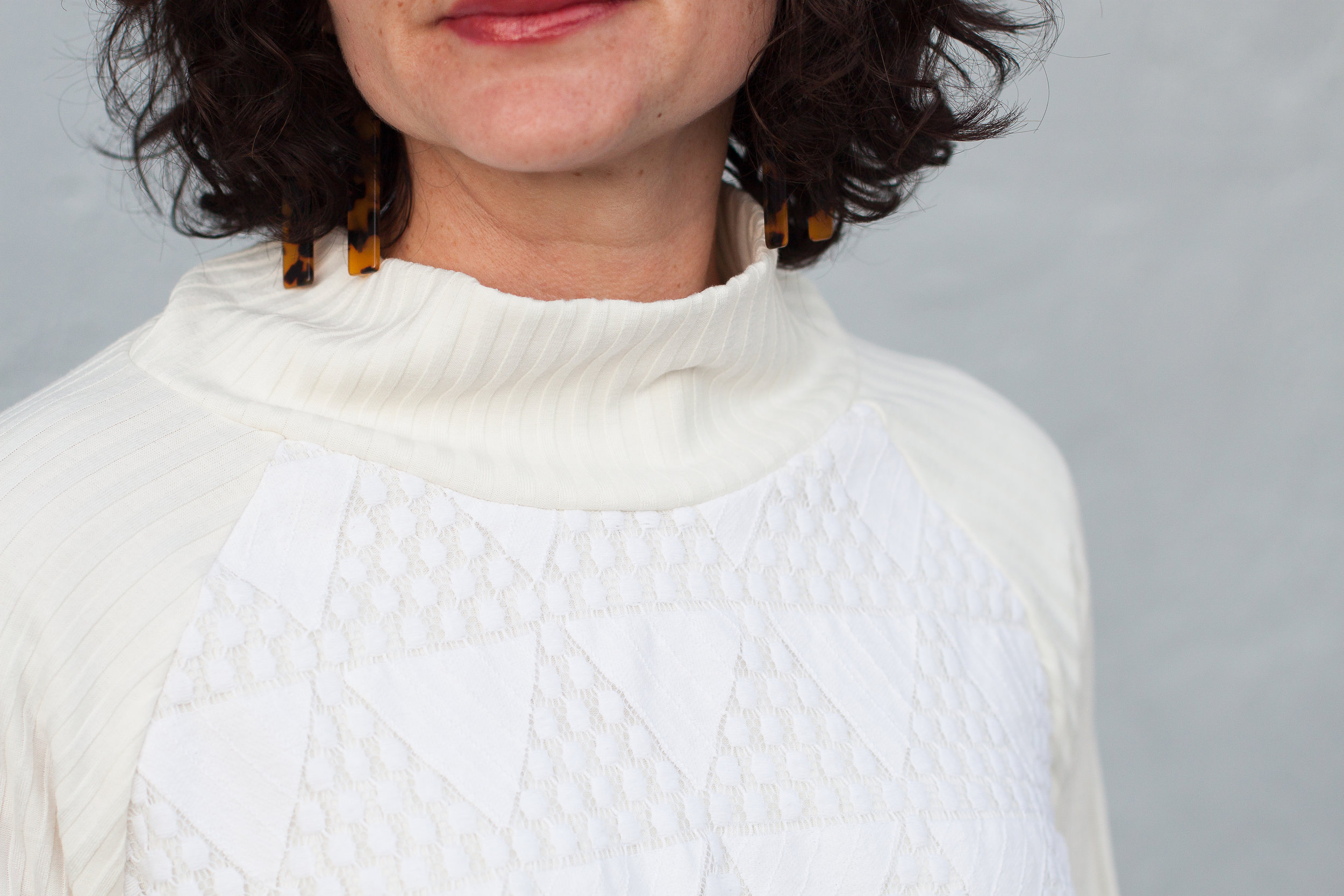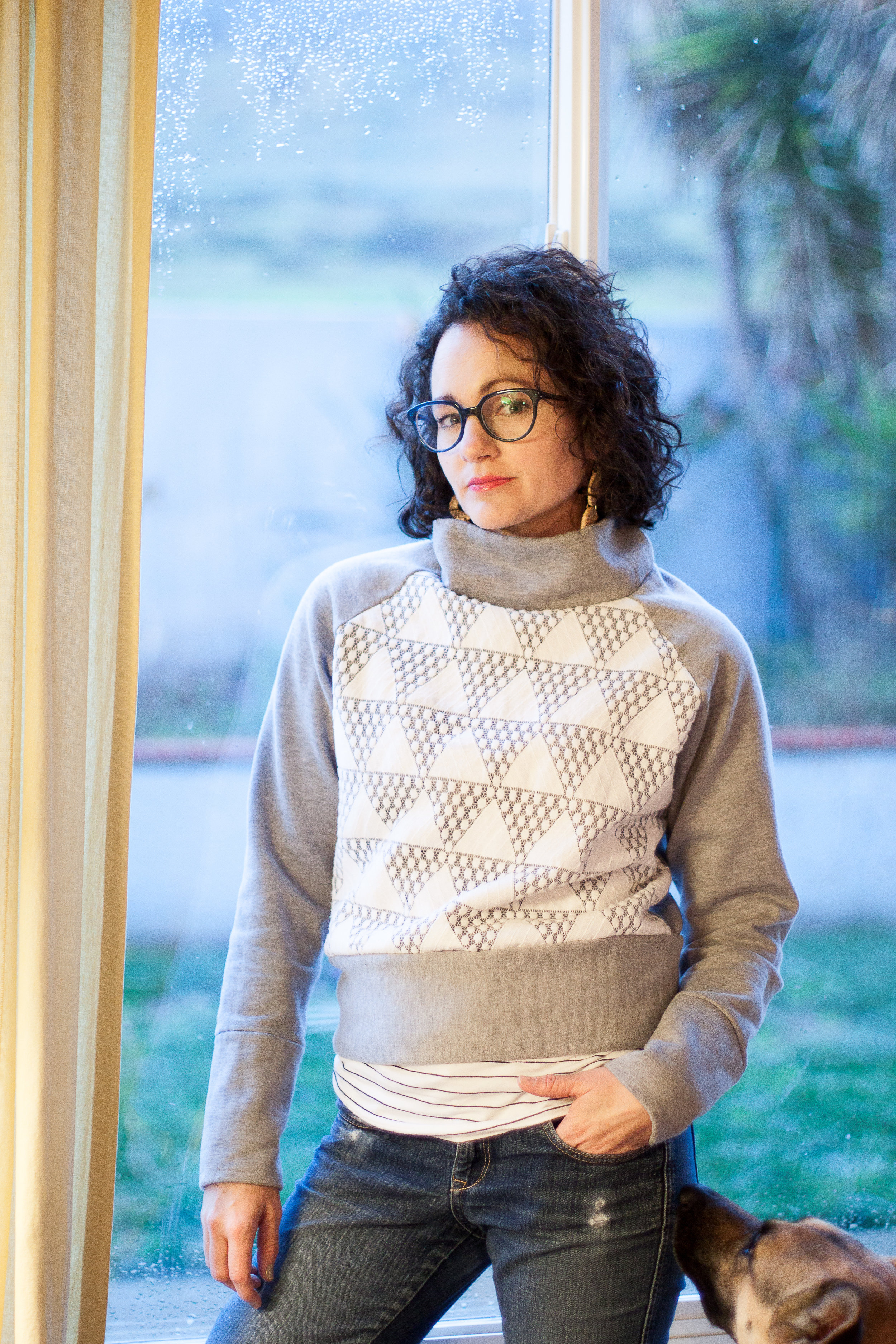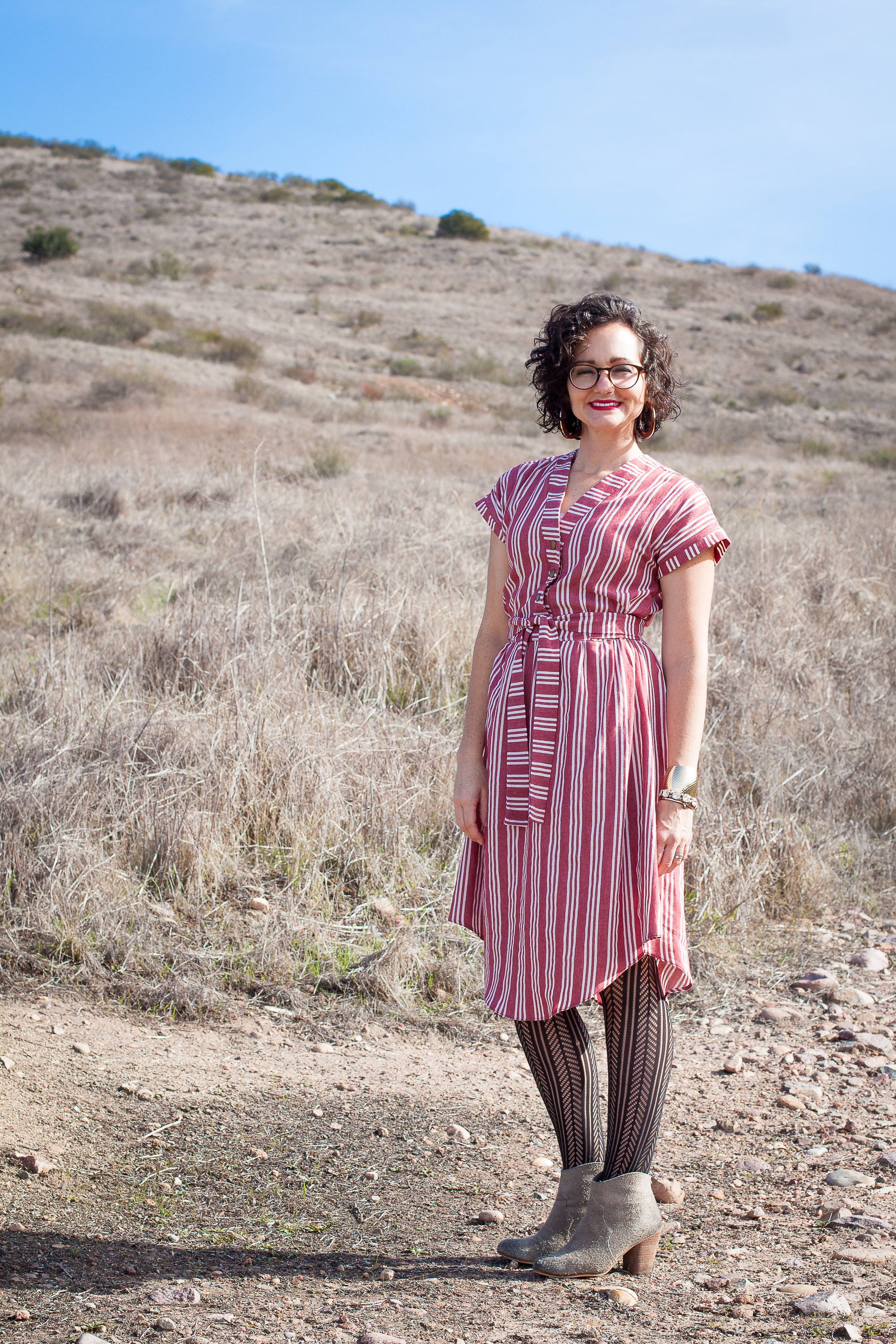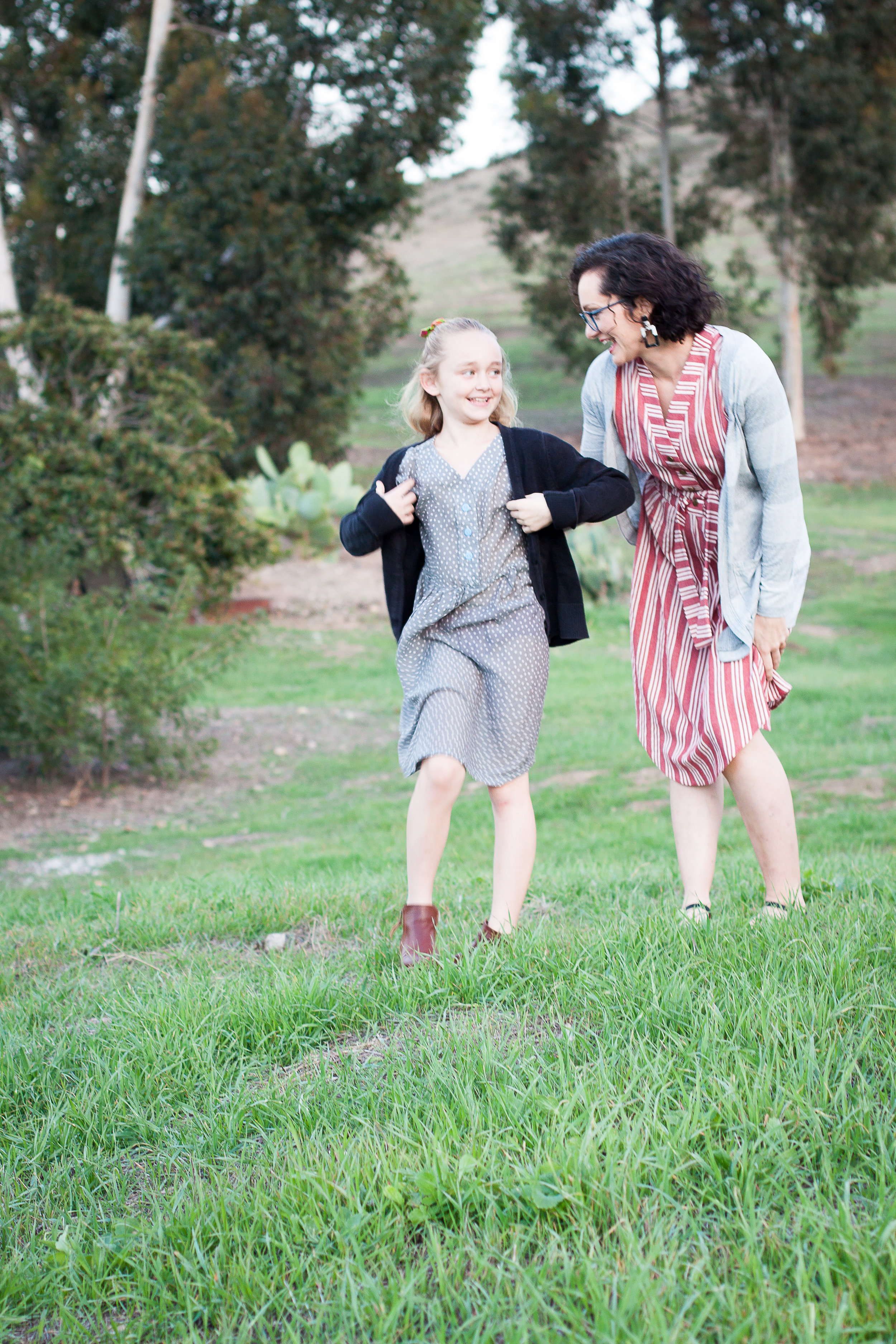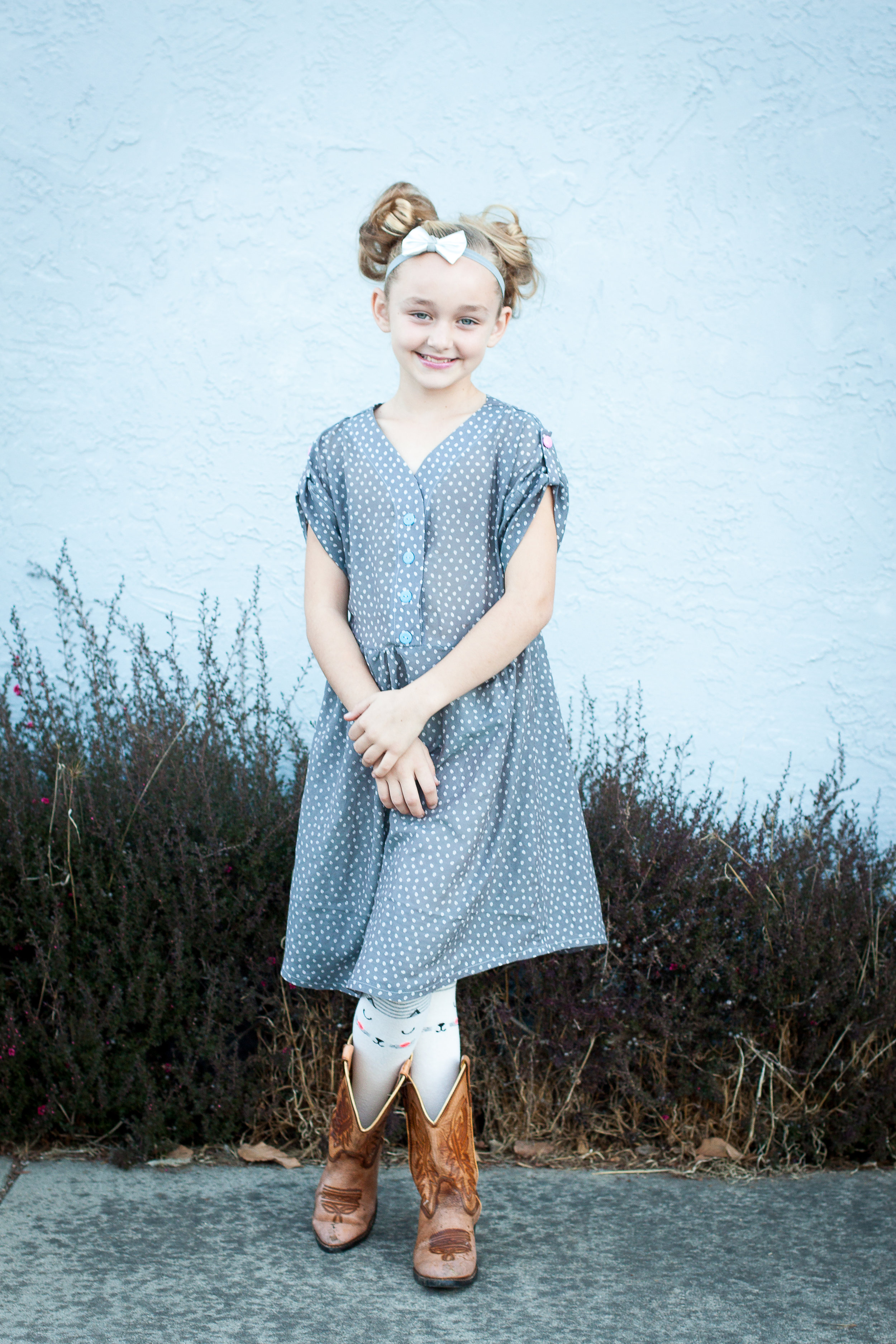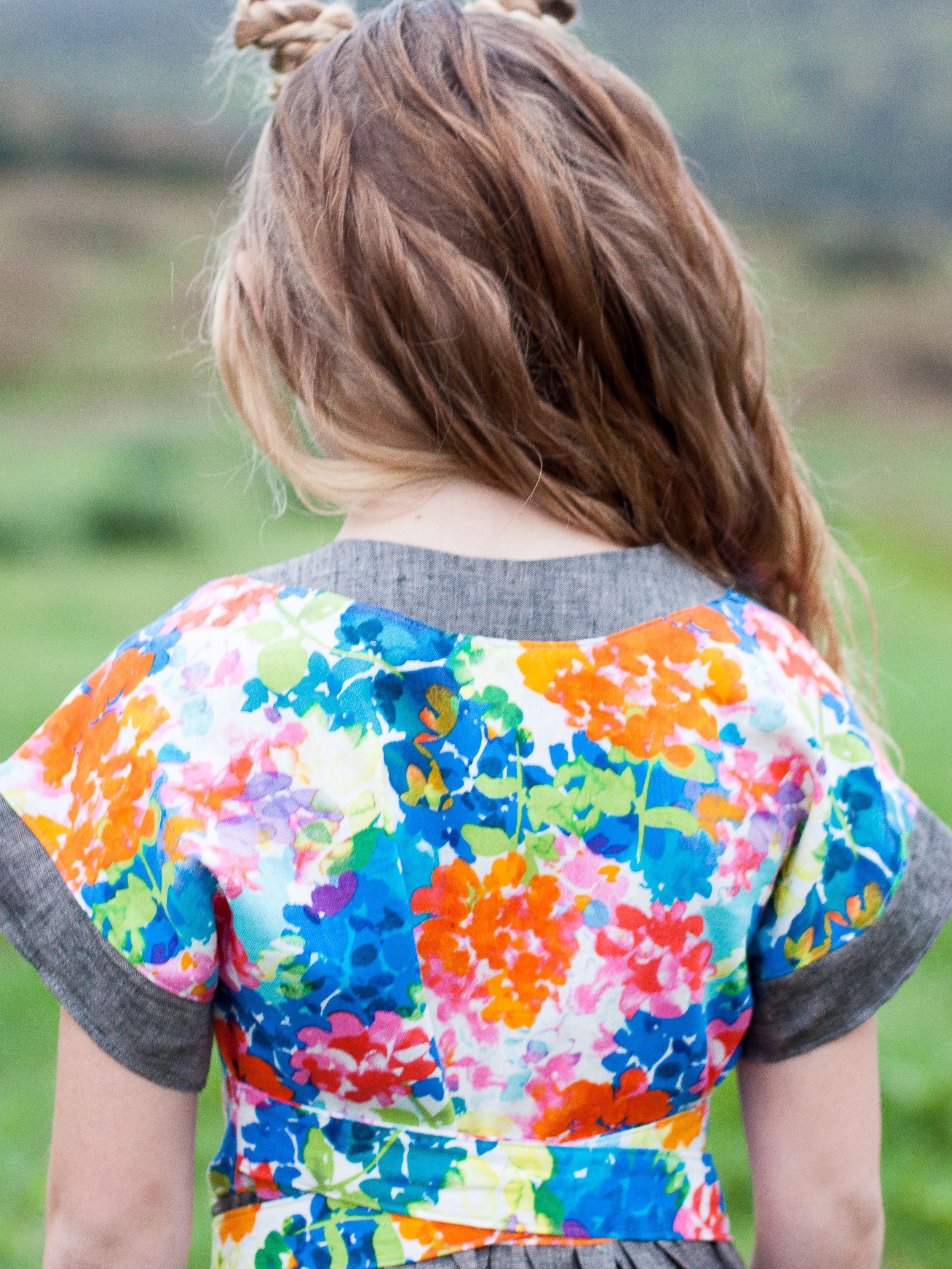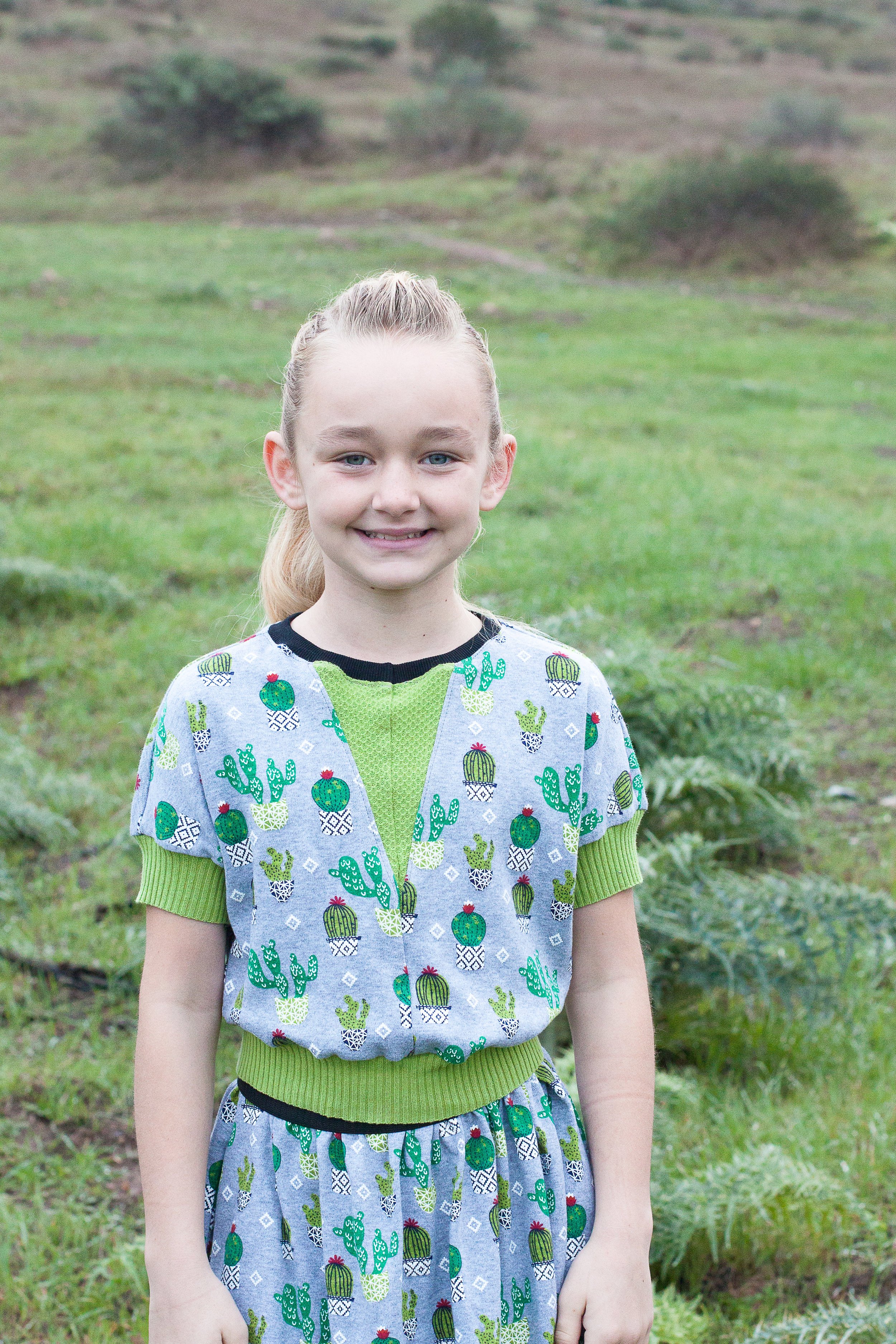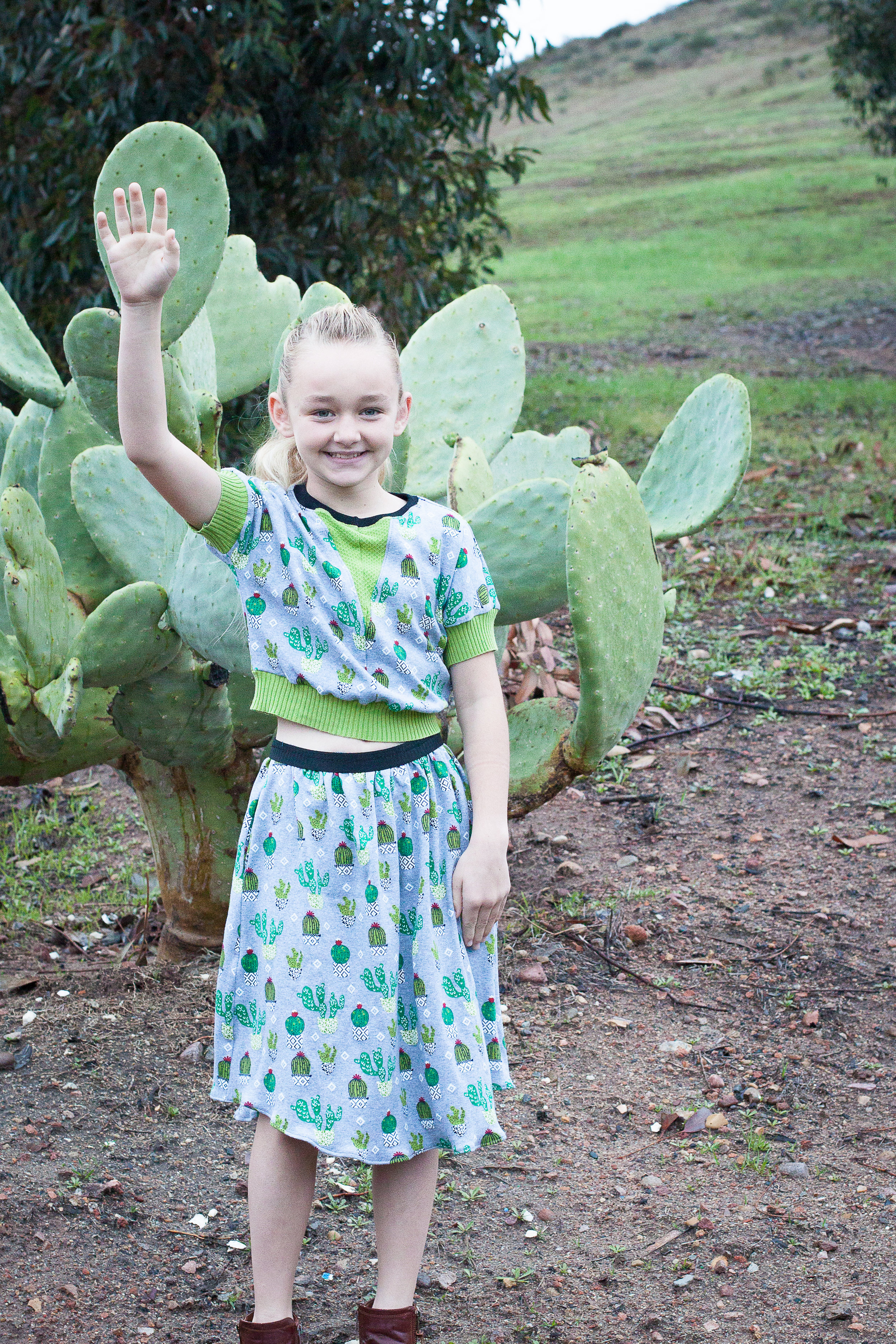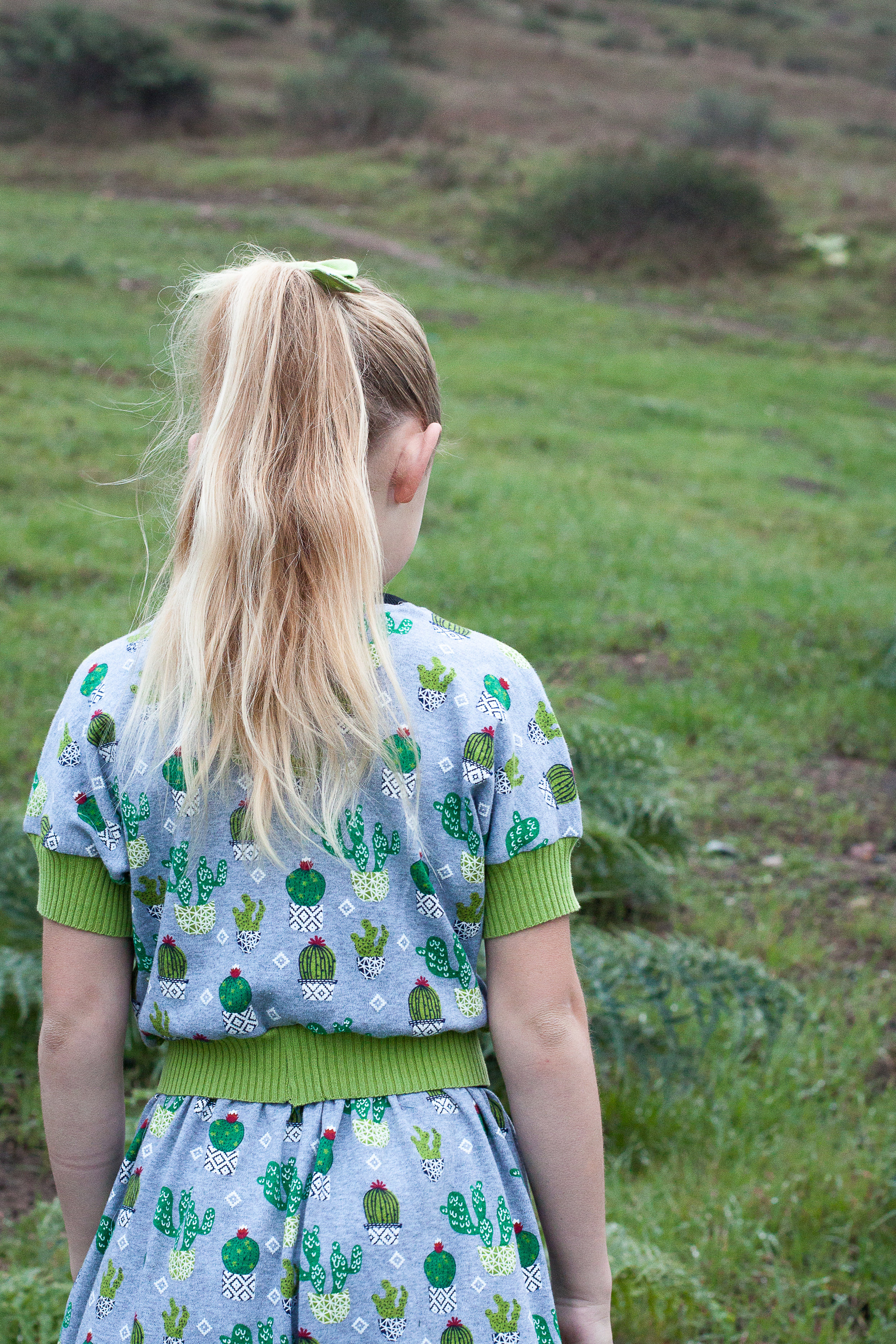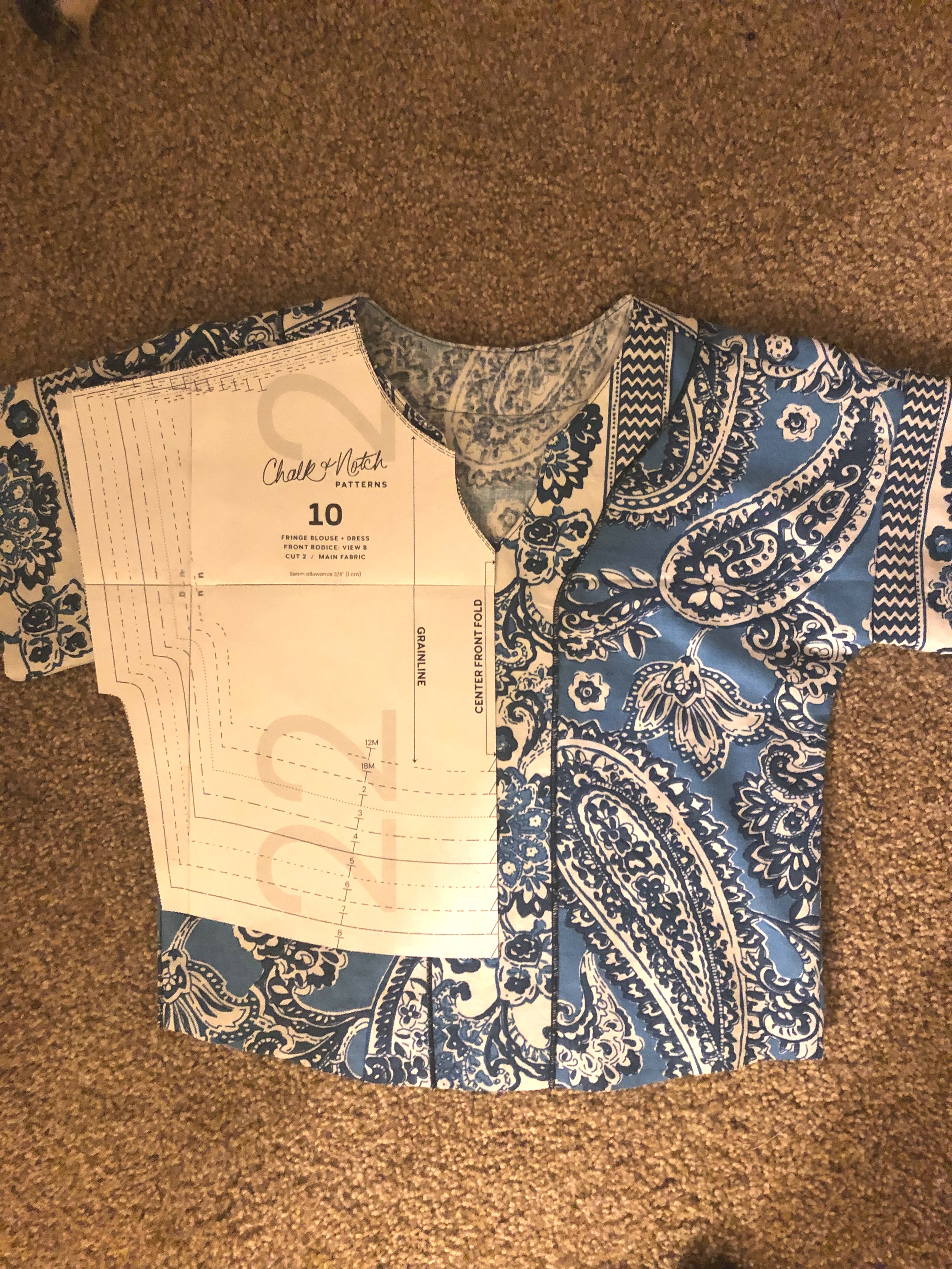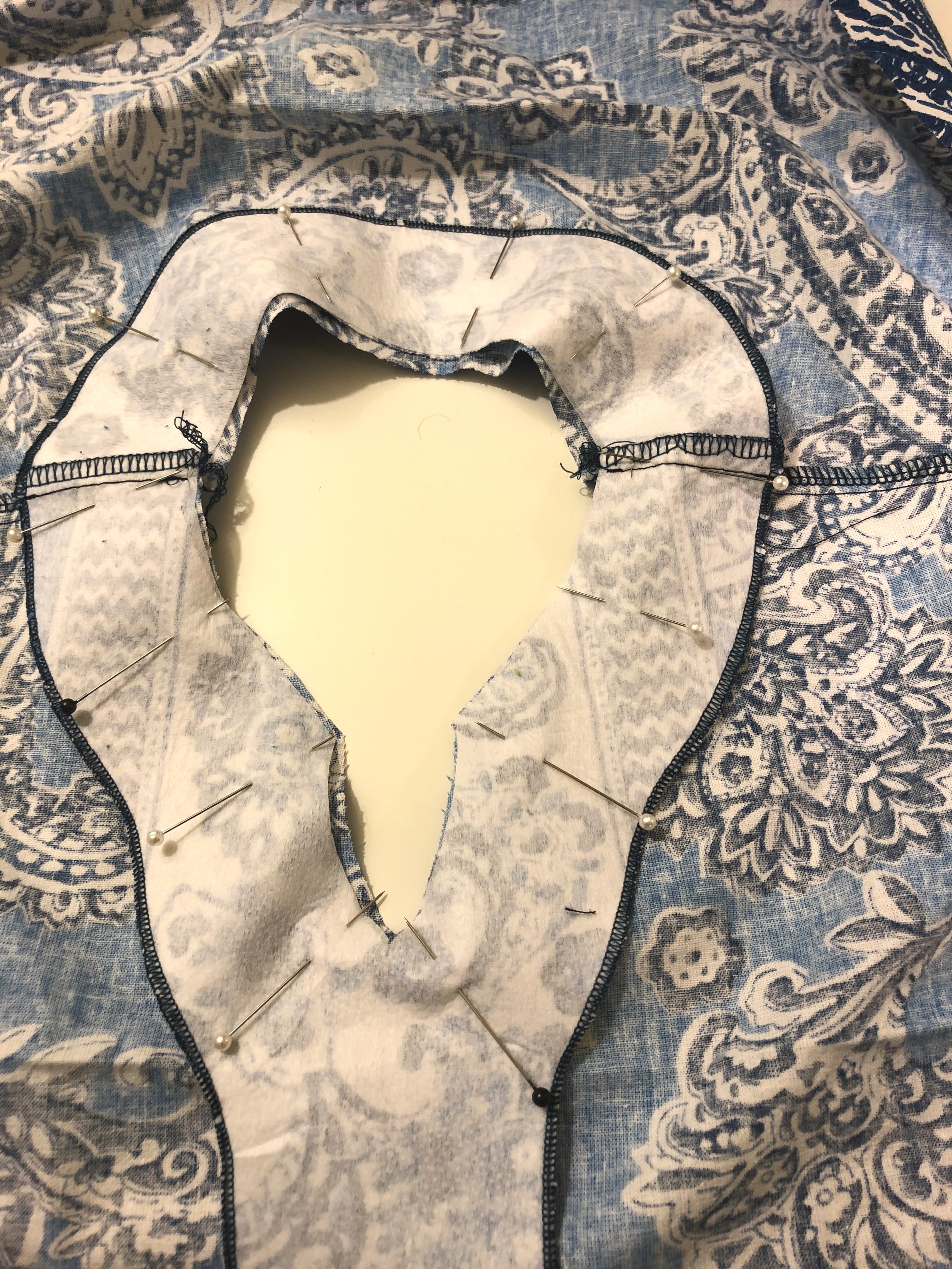I am always cold. My husband recently came back from a work trip and brought me a Vermont Flannel Company blanket. He told me, because he loves me, he resisted the urge to buy the classic red and black checkered one (don’t worry though, he recently bought me such a wool blanket for a separate holiday… ha!). Instead he purchased a multi colored, bright and cheery version because he said he knew I would like it (cue feeling all the feels!).
I think he loves me!
And he knows me. Color is my jam! Pattern mixing is like baking without following a recipe! Its fun, intuitive, and sometimes doesn’t work out! Ha! But I love it! And as much as I love color, I also love the basics. This dress is such a piece.
I wanted to make the Southport Dress by True Bias, but I wanted to add sleeves. I did not follow the complete construction of the Southport Dress, although I think I would have made it easier on myself if I had.
I wrote a lot about my dress already over on the Minerva blog, but I wanted to add a bit more about the details and construction of my dress here.
I used the Panama Tee Dress by Alina Sewing and Design Co for the armscye and sleeve pattern. I simply laid the Panama Tee pattern on top of the bodice of the Southport Dress, tracing the shoulder area and armscye of the Panama Tee with the width and overall shape of the Southport. Then I traced longer sleeves using the Panama Tee sleeves. Instead of sewing on the neck binding as bias binding I sewed it on more like a neckband. I am also smaller chested than the pattern is drafted for, so I moved the darts and took some height out of the shoulders, before adding the sleeves. I also took some width off the bodice, which I then had to match with the width of the skirt. I raised the neckline, which I am very glad I did as it still was very low on me, I think due to my small chest. I additionally raised the slit on the skirt.
All these modifications (plus those mentioned on the Minerva blog) meant this project was not a quick one. I admittedly used my seam ripper a lot. I cut out more than one sleeve as the first pair I forgot to add width (Panama Tee isn’t drafted for a woven). The modifications to make this dress were not few, but 1000% worth it in the end. I am so happy with it and will make it again.
It is the perfect around the town, pick up kids from school, meet my girlfriends, sew in my sewing room, run my errands, evening meetings, and date night attire. The linen from Minerva makes it so soft, classic, and easy to wear. I look forward to wearing this piece year round!
